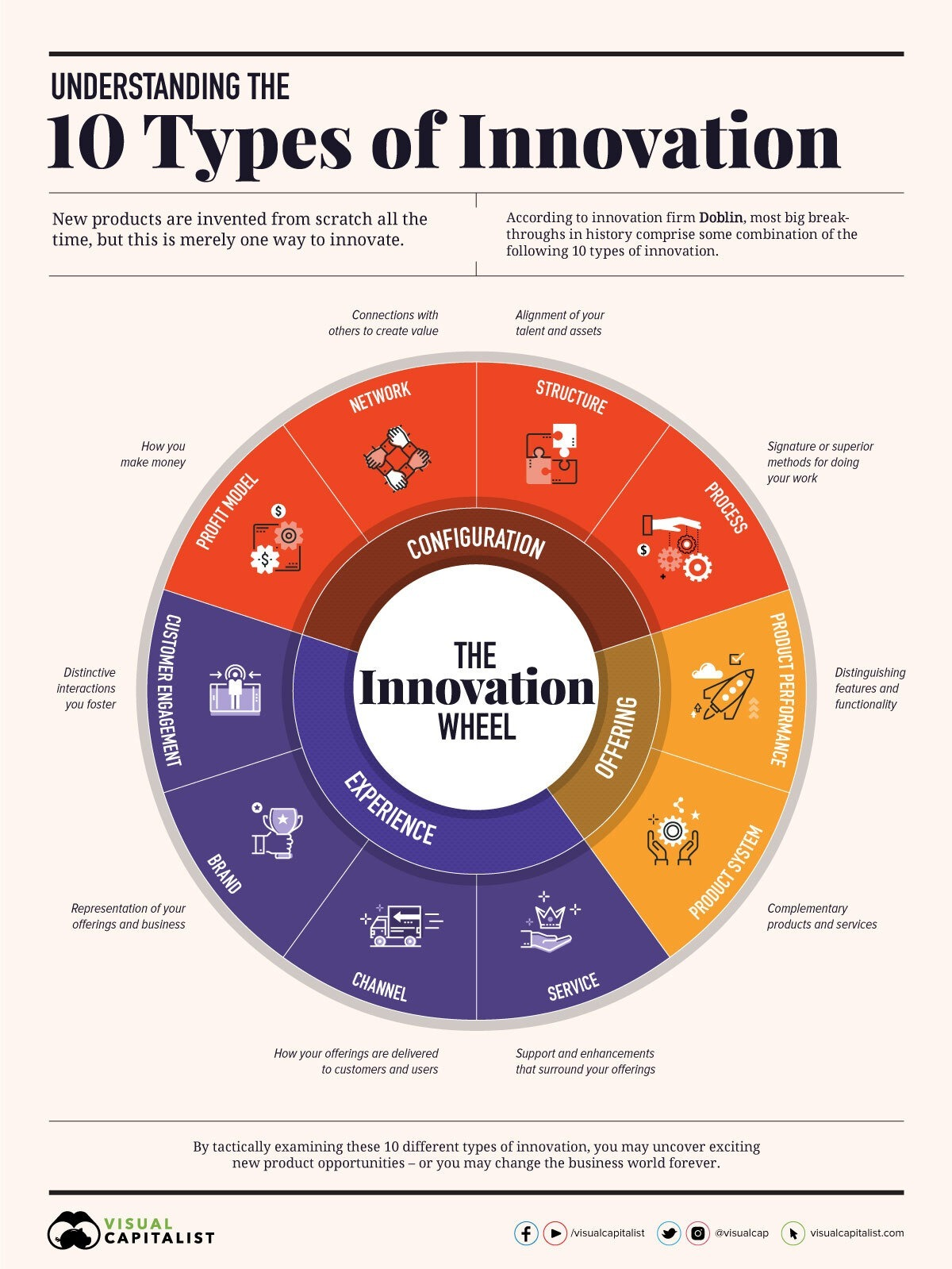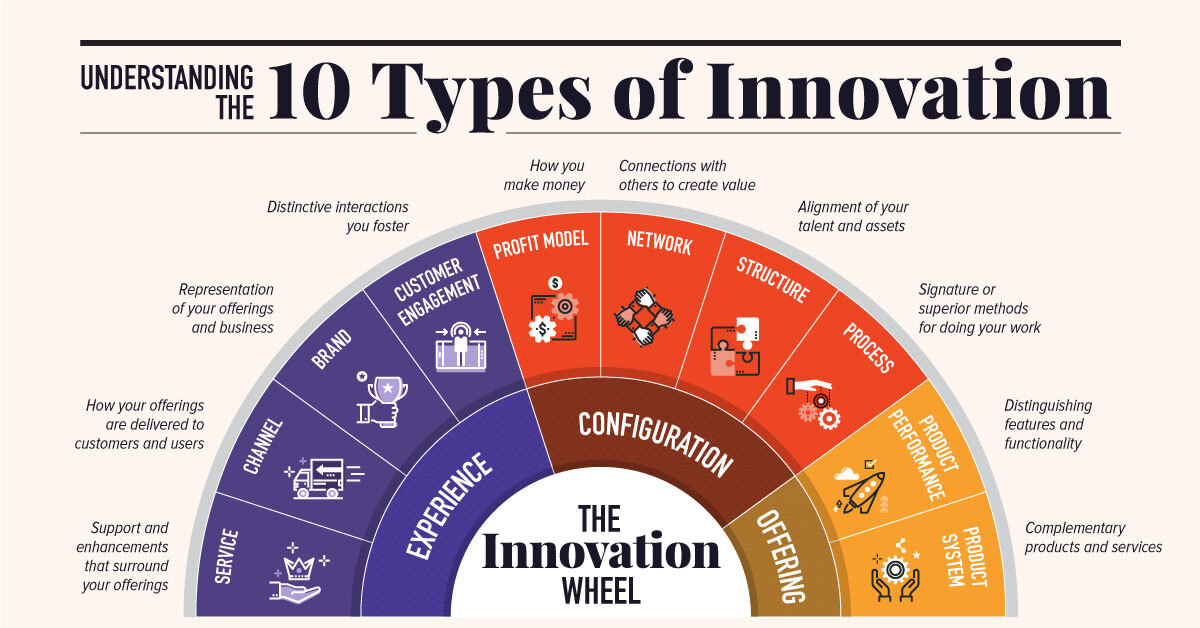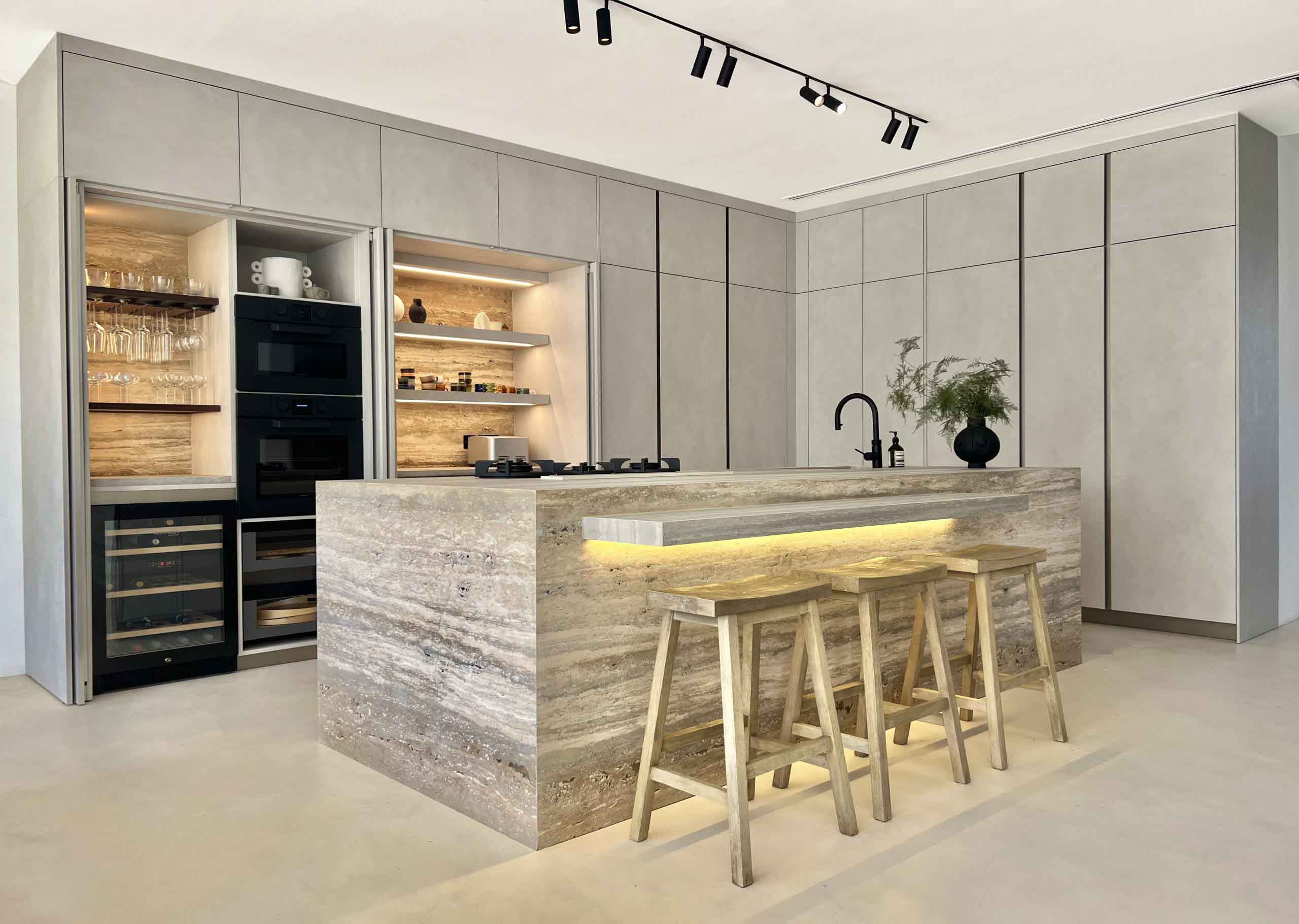When it comes to kitchen knives, the design of the blade is crucial. It is the main component that determines the knife's functionality, durability, and overall performance. But have you ever wondered about the logic behind the design of a kitchen knife blade? Let's delve deeper into this topic and uncover the secrets of kitchen knife design. First and foremost, the blade of a kitchen knife needs to be sharp. This may seem obvious, but the sharpness of the blade is essential for efficient and precise cutting. The logic behind the blade's sharpness lies in its ability to easily slice through food, whether it's tough meats or delicate vegetables.1. Kitchen Knife Design: The Logic Behind the Blade
Believe it or not, there is a science behind the design of a kitchen knife. It involves the study of materials, physics, and ergonomics. For example, the choice of material for the blade can affect its sharpness, durability, and weight. The shape and angle of the blade also play a crucial role in its cutting performance. Additionally, the science of ergonomics comes into play when considering the handle design. A well-designed handle can reduce strain on the hand and wrist, making the knife more comfortable to use for extended periods.2. The Science of Kitchen Knife Design
Ergonomics is the study of how humans interact with objects and their environment. In the case of kitchen knives, a well-designed handle can make all the difference in terms of comfort and safety. The handle should fit comfortably in the hand and provide a secure grip, allowing for better control and reducing the risk of accidents. Furthermore, ergonomic handle design takes into account the angle and positioning of the blade in relation to the handle. This ensures that the user's hand and wrist are in a natural and comfortable position while using the knife.3. Understanding the Ergonomics of Kitchen Knife Design
Balance is another crucial aspect of kitchen knife design. A well-balanced knife is easier to control and less likely to cause strain on the hand and wrist. The balance of a knife is achieved by carefully considering the weight distribution between the blade and handle. A balanced knife allows for smoother and more precise cutting motions, making it an essential factor to consider when designing a kitchen knife.4. The Importance of Balance in Kitchen Knife Design
The choice of material for a kitchen knife's blade and handle can greatly impact its performance. For example, stainless steel is a popular choice for blades due to its strength, durability, and resistance to corrosion. However, there are different types of stainless steel with varying levels of hardness and sharpness. Similarly, the handle material can also affect the knife's functionality. Wood, plastic, and metal are common materials used for handles, each with its own pros and cons. Material selection is a crucial step in kitchen knife design and can greatly affect the overall quality of the knife.5. The Role of Material Selection in Kitchen Knife Design
The shape of a knife's blade is not just about aesthetics; it also plays a significant role in its functionality. Different blade shapes are designed for specific tasks, such as slicing, chopping, or dicing. For example, a curved blade is ideal for rocking motions, while a straight blade is better for precise cuts. The angle of the blade also affects its cutting performance. A thinner blade with a sharper angle is better for delicate tasks, while a thicker blade with a wider angle is more suitable for tougher cutting tasks.6. The Impact of Blade Shape on Kitchen Knife Design
We've touched on the importance of handle design, but it's worth mentioning again how crucial it is for the functionality of a kitchen knife. A poorly designed handle can make the knife uncomfortable to use and even increase the risk of injury. On the other hand, a well-designed handle can greatly improve the knife's functionality and make it a pleasure to use. Modern kitchen knives often feature ergonomic handles with a comfortable grip and a non-slip surface. This makes them easier to handle and reduces the risk of accidents, making them a popular choice among home cooks and professional chefs alike.7. The Influence of Handle Design on Kitchen Knife Functionality
The design of kitchen knives has come a long way since its inception. In ancient times, knives were primarily made of stone and used for hunting and skinning animals. As civilization progressed, knives were made from different materials such as bronze, iron, and eventually stainless steel. In recent years, with advancements in technology and materials, kitchen knife design has become more sophisticated and specialized. Today, there are countless types of kitchen knives designed for specific tasks, making cooking more efficient and enjoyable.8. The Evolution of Kitchen Knife Design: From Ancient Times to Modern Day
Kitchen knife design is a combination of both art and science. While the science behind the design is crucial for functionality, the art lies in the aesthetics and craftsmanship. A well-designed kitchen knife not only performs well but also looks beautiful and feels like a work of art in the hands of the user. From the blade's shape and material to the handle's design and finish, every detail is carefully considered to create a knife that is not only functional but also visually appealing.9. The Art and Science of Kitchen Knife Design
With the constant evolution of technology and materials, the future of kitchen knife design is exciting. Innovations such as ceramic blades, laser-cut blades, and 3D-printed handles are already on the market, offering unique and advanced features. There is also a growing trend towards sustainable and eco-friendly materials in kitchen knife design. Bamboo, recycled plastic, and even mushroom-derived materials are being used to create environmentally friendly and functional kitchen knives. In conclusion, the logic behind kitchen knife design is a combination of science, ergonomics, and aesthetics. Every aspect, from the blade's shape and material to the handle's design and balance, is carefully considered to create a knife that is not only functional but also visually appealing and comfortable to use. As technology and materials continue to advance, we can expect to see even more innovative and sustainable designs in the future.10. The Future of Kitchen Knife Design: Innovations and Trends
The Role of Kitchen Knives in House Design
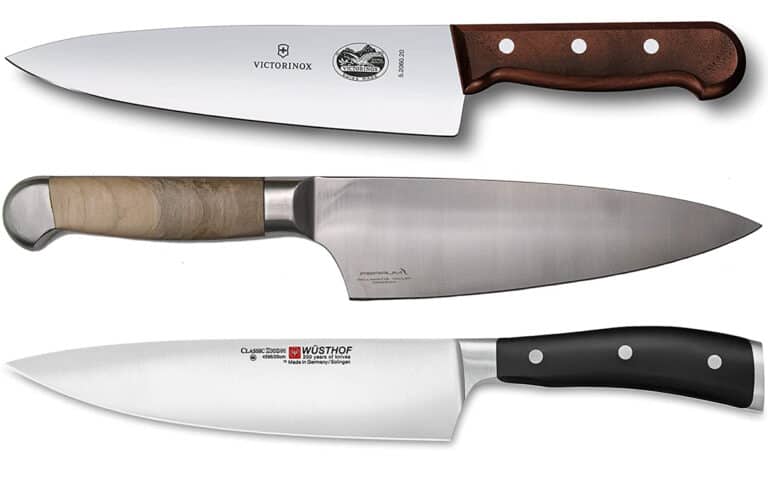
Functionality and Aesthetics
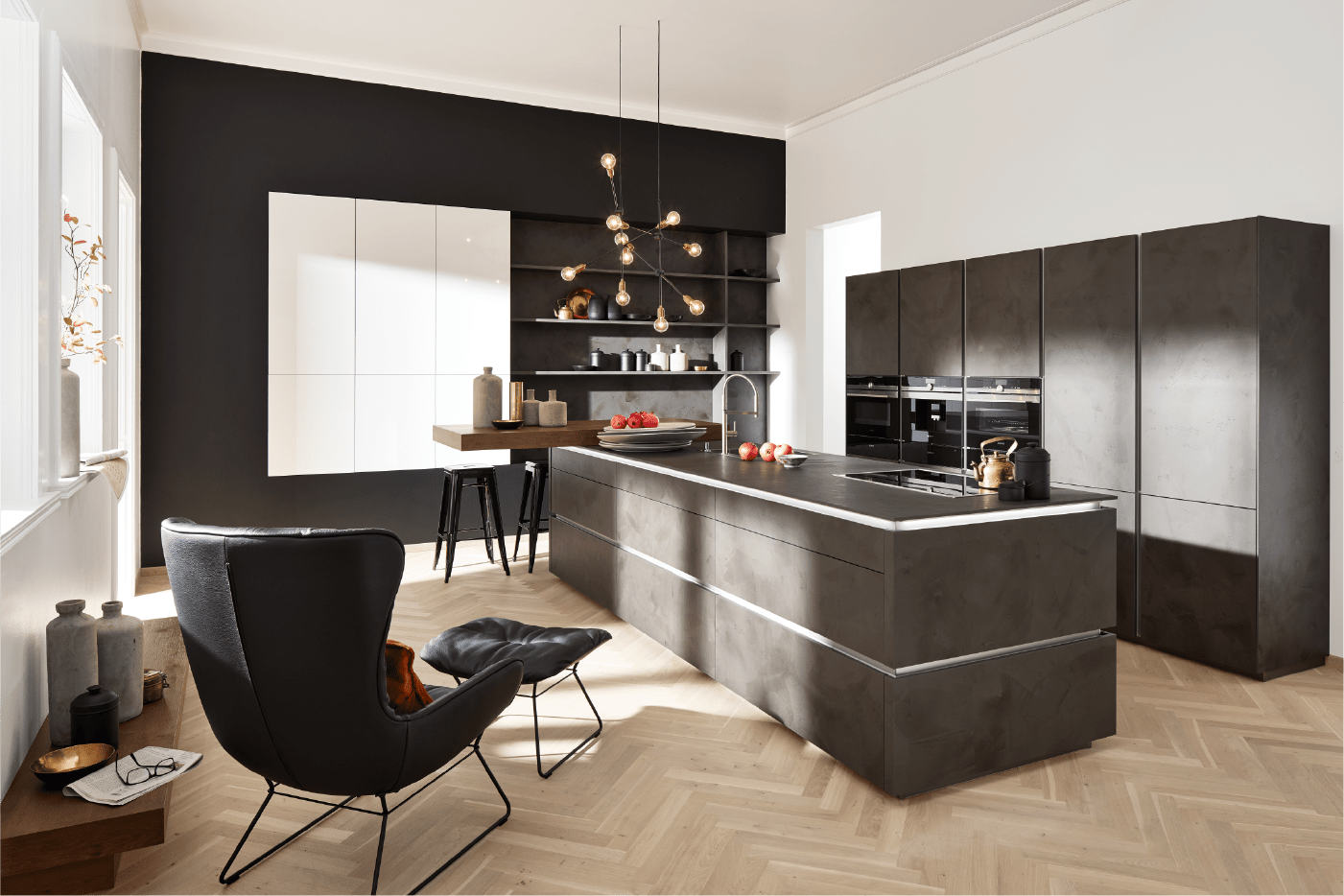 When it comes to designing a house, every element needs to be carefully considered. From the layout and structure to the smallest details, each aspect plays a role in creating a functional and visually appealing space. The same goes for kitchen knives. These seemingly mundane tools are essential for any kitchen, but they can also serve as a design element.
The logic behind kitchen knife design is a balance between functionality and aesthetics, making them a crucial part of house design.
When it comes to designing a house, every element needs to be carefully considered. From the layout and structure to the smallest details, each aspect plays a role in creating a functional and visually appealing space. The same goes for kitchen knives. These seemingly mundane tools are essential for any kitchen, but they can also serve as a design element.
The logic behind kitchen knife design is a balance between functionality and aesthetics, making them a crucial part of house design.
Ergonomics and Efficiency
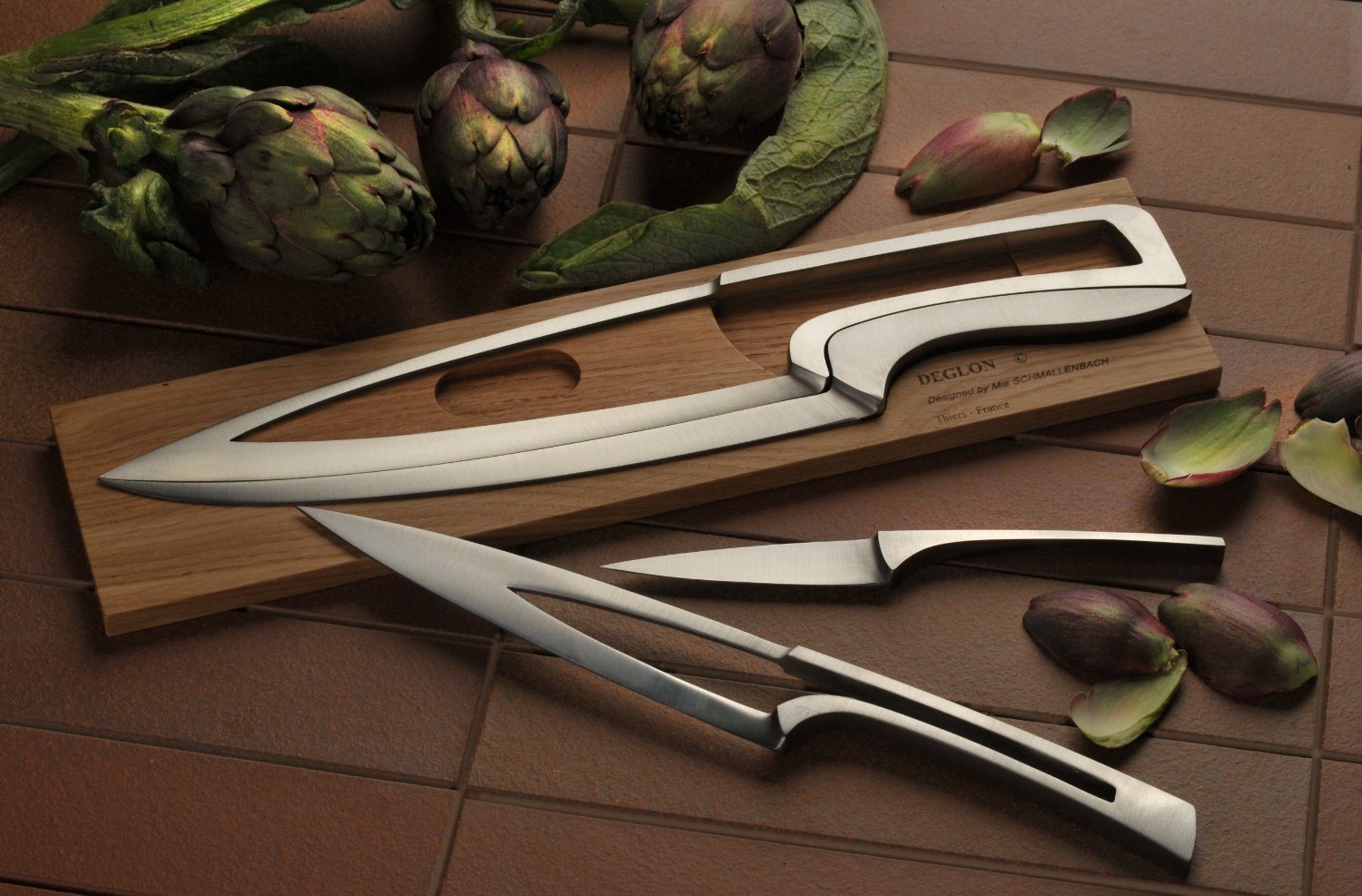 One of the main factors in designing a kitchen knife is ergonomics. Knives need to be comfortable and easy to handle in order to be efficient.
Sharp blades and a comfortable grip are key features that allow for smooth and precise cutting, reducing the risk of accidents in the kitchen.
But it's not just about functionality, as the design of the knife also plays a role in its efficiency. The shape, weight, and balance of the knife all contribute to how well it can perform its intended tasks.
One of the main factors in designing a kitchen knife is ergonomics. Knives need to be comfortable and easy to handle in order to be efficient.
Sharp blades and a comfortable grip are key features that allow for smooth and precise cutting, reducing the risk of accidents in the kitchen.
But it's not just about functionality, as the design of the knife also plays a role in its efficiency. The shape, weight, and balance of the knife all contribute to how well it can perform its intended tasks.
Style and Statement
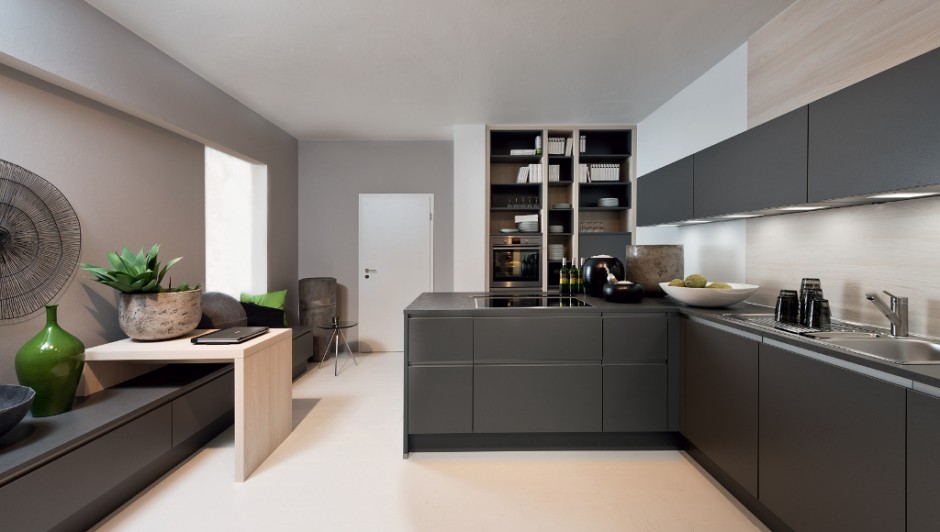 Kitchen knives are not just tools, they can also make a statement in the design of a kitchen.
The shape, color, and material of the knife can add character and style to the overall look of the kitchen.
A sleek and modern knife set can complement a contemporary kitchen, while a more rustic set can add charm to a farmhouse-style kitchen. The design of the knives can also reflect the personality and taste of the homeowner, making them a personal and unique addition to the kitchen.
Kitchen knives are not just tools, they can also make a statement in the design of a kitchen.
The shape, color, and material of the knife can add character and style to the overall look of the kitchen.
A sleek and modern knife set can complement a contemporary kitchen, while a more rustic set can add charm to a farmhouse-style kitchen. The design of the knives can also reflect the personality and taste of the homeowner, making them a personal and unique addition to the kitchen.
Longevity and Maintenance
 In addition to functionality and aesthetics, the design of kitchen knives also takes into consideration their longevity and maintenance.
Durable materials and a well-crafted design can ensure that the knives will last for years to come, saving homeowners from having to constantly replace them.
The design also plays a role in how easy the knives are to clean and maintain, making them a practical addition to any kitchen design.
In conclusion, the logic of kitchen knife design goes beyond just creating a tool for cutting and preparing food.
It takes into consideration functionality, ergonomics, style, longevity, and maintenance, making them an important aspect of house design.
By carefully considering the design of kitchen knives, homeowners can not only have efficient and safe tools in their kitchen, but also add a touch of style and personality to their space.
In addition to functionality and aesthetics, the design of kitchen knives also takes into consideration their longevity and maintenance.
Durable materials and a well-crafted design can ensure that the knives will last for years to come, saving homeowners from having to constantly replace them.
The design also plays a role in how easy the knives are to clean and maintain, making them a practical addition to any kitchen design.
In conclusion, the logic of kitchen knife design goes beyond just creating a tool for cutting and preparing food.
It takes into consideration functionality, ergonomics, style, longevity, and maintenance, making them an important aspect of house design.
By carefully considering the design of kitchen knives, homeowners can not only have efficient and safe tools in their kitchen, but also add a touch of style and personality to their space.
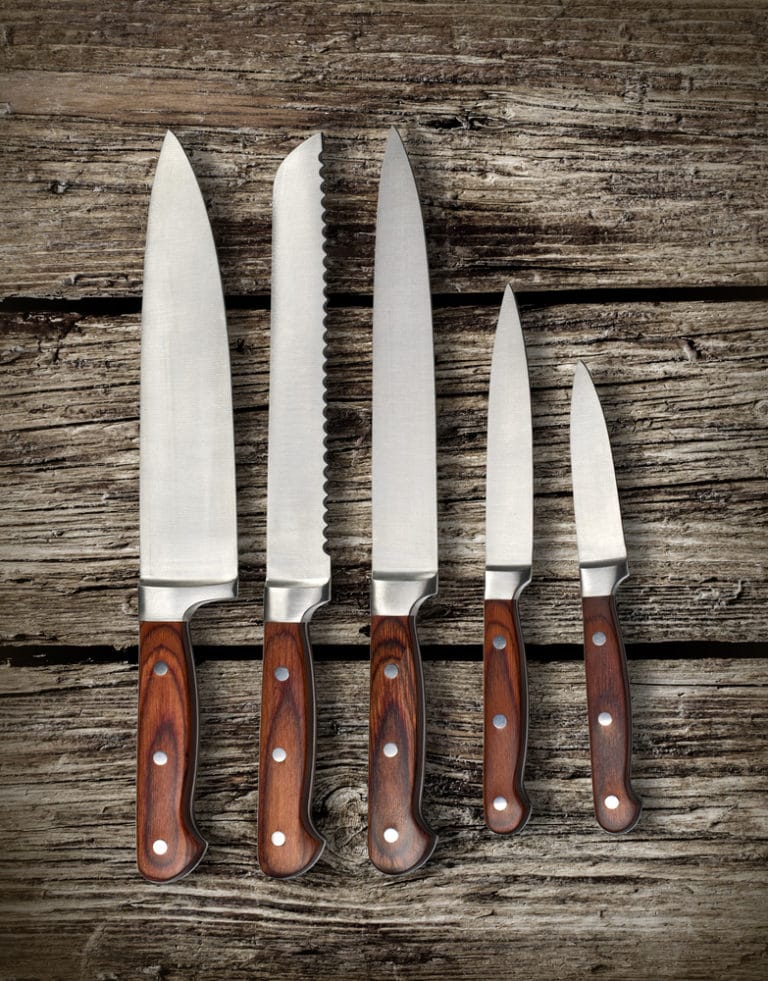



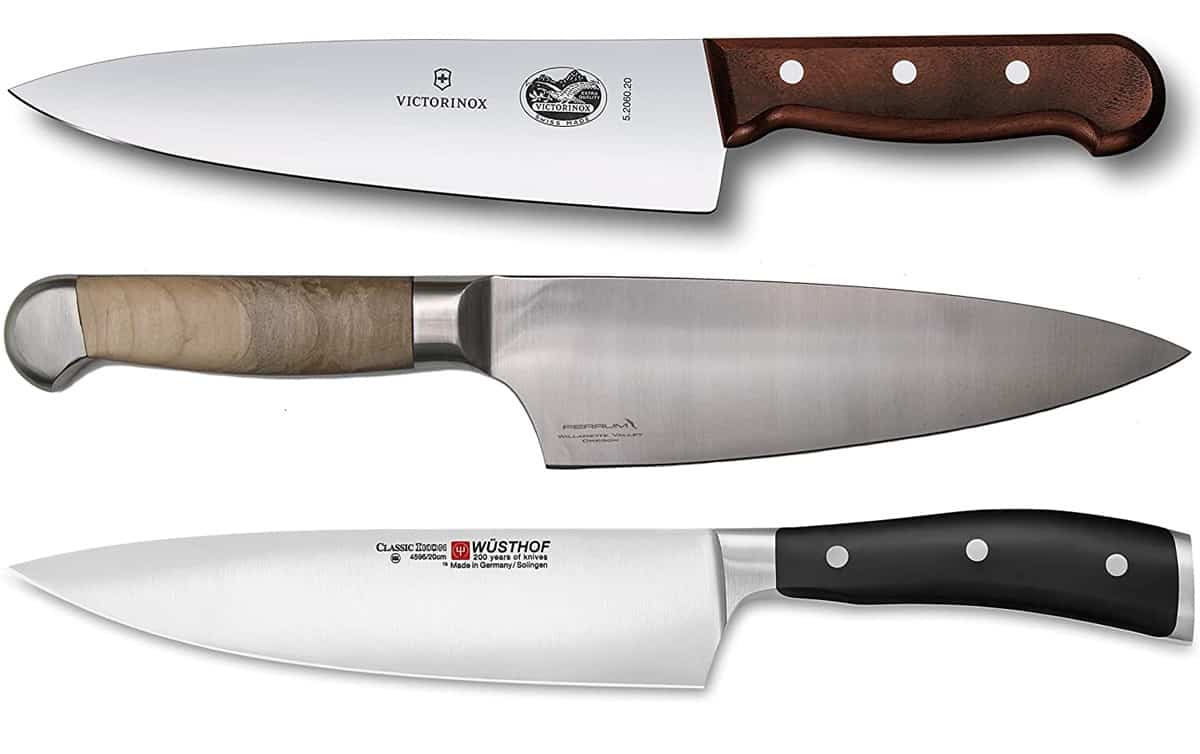

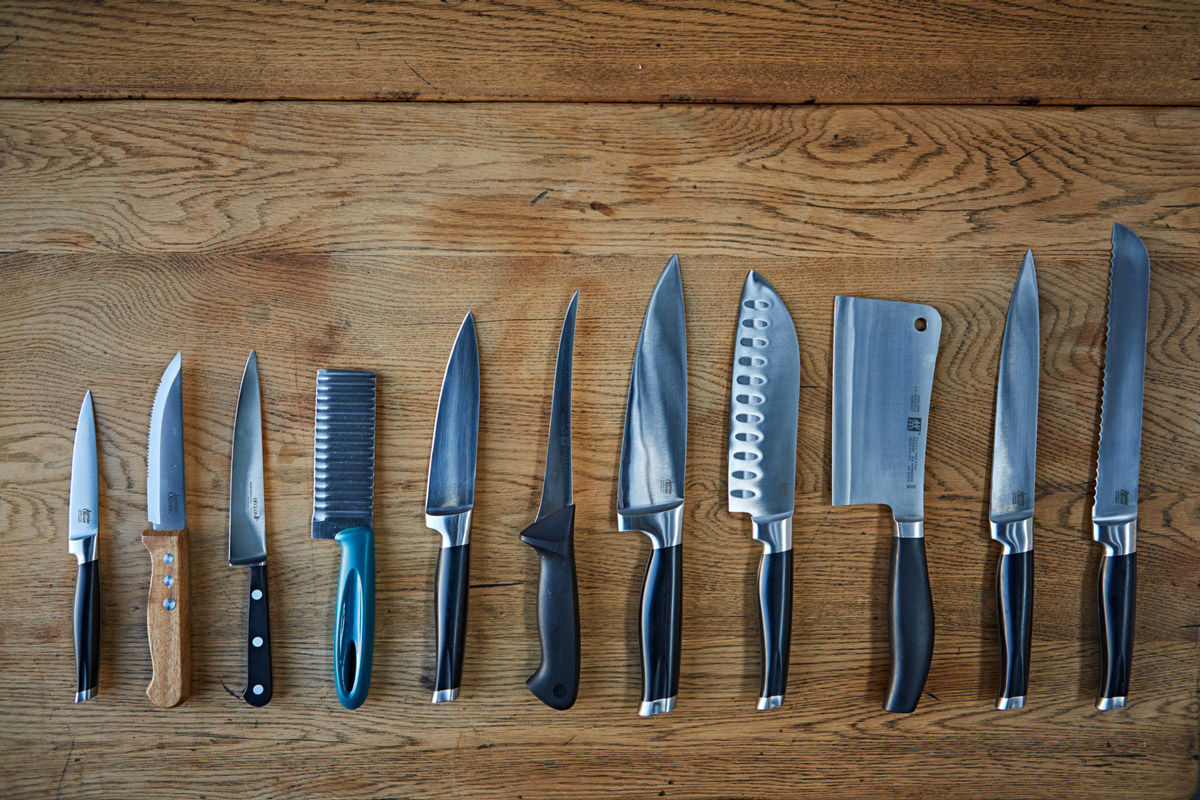
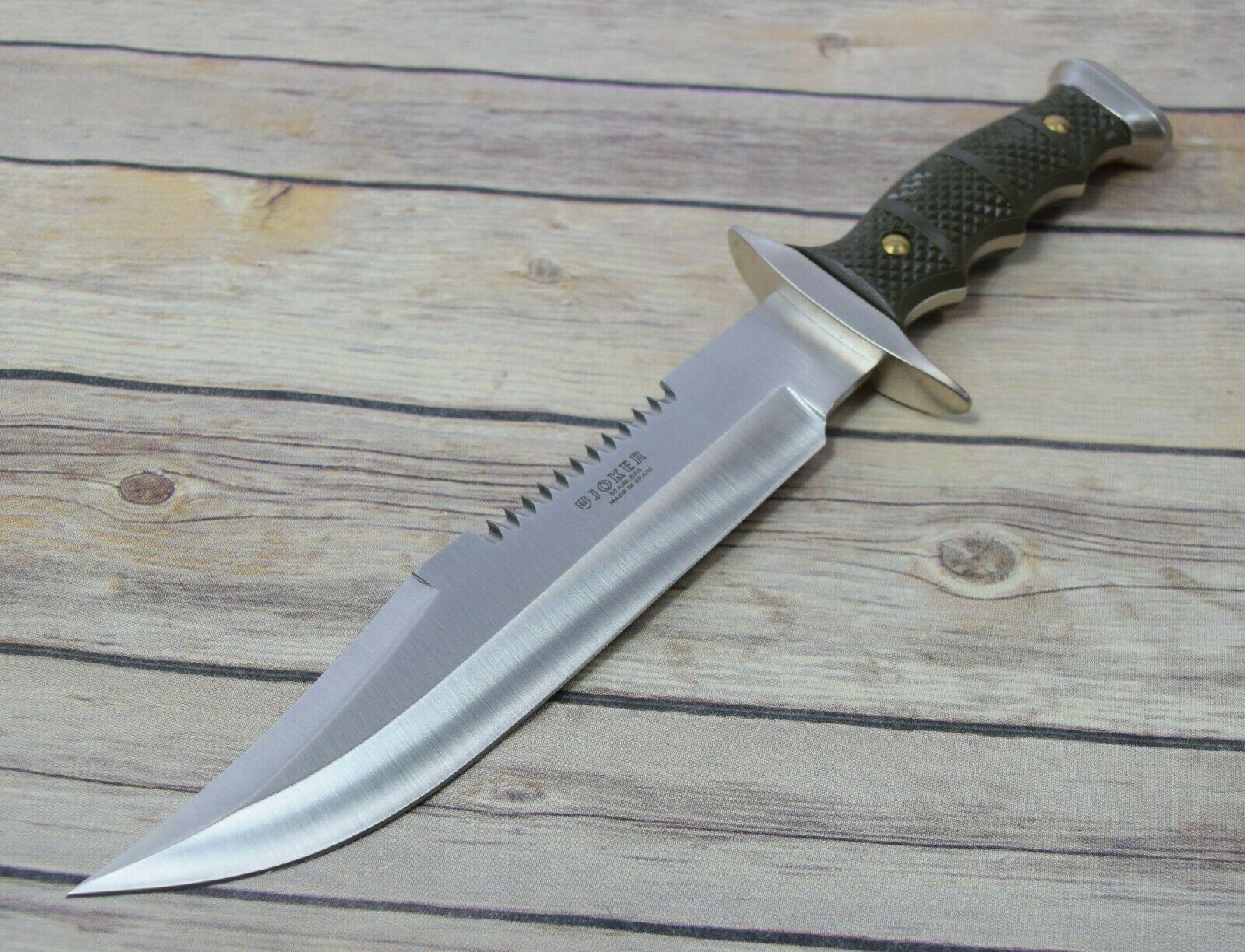
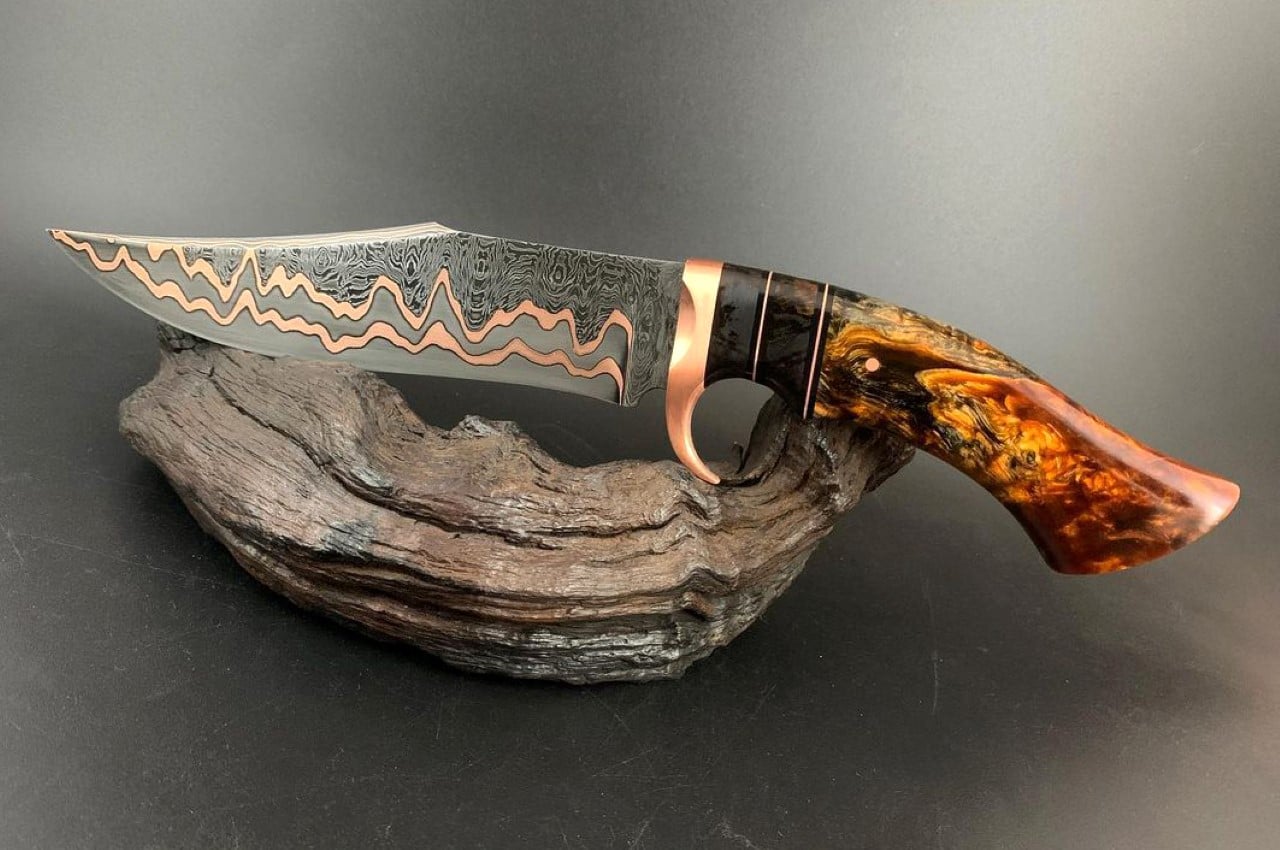


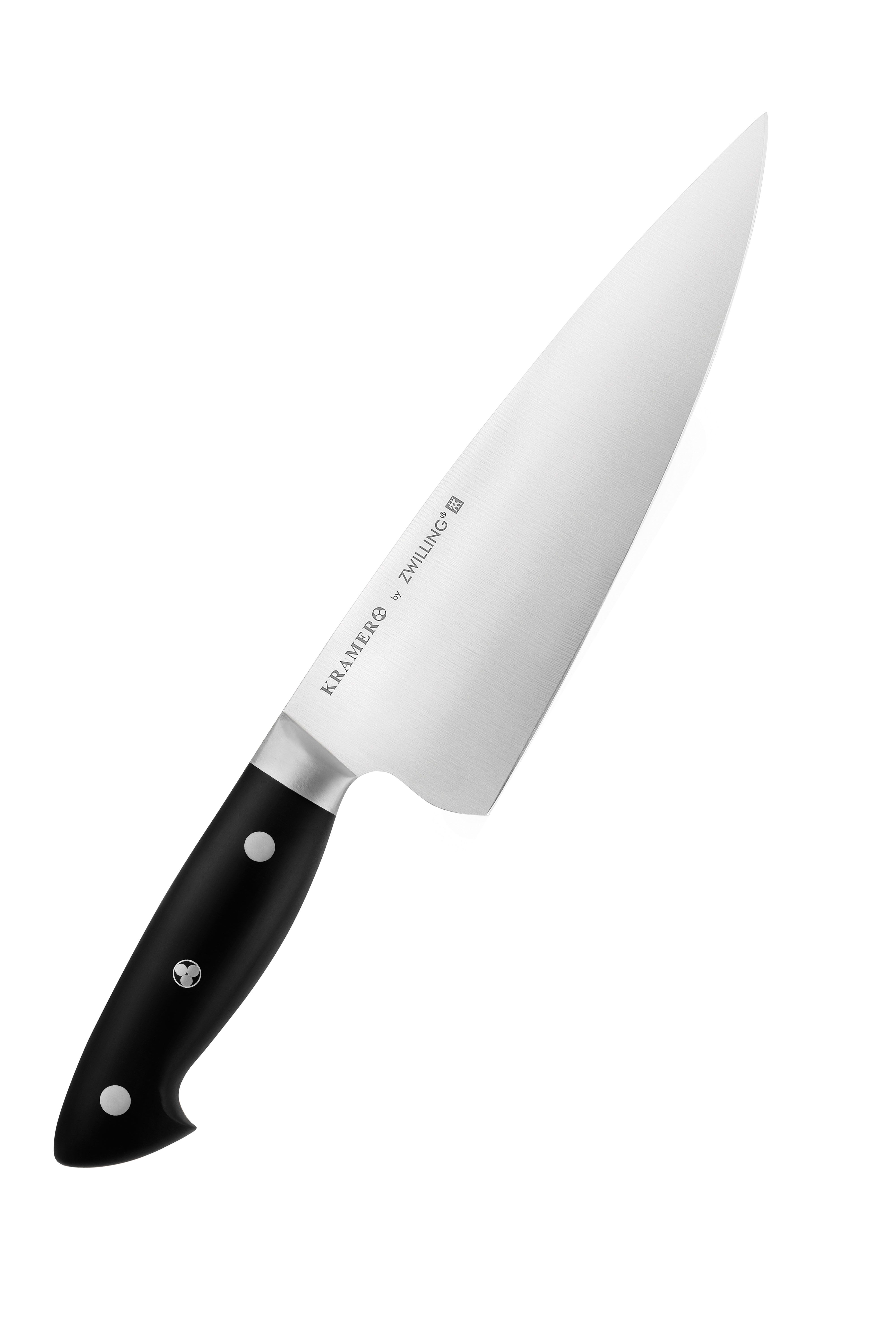
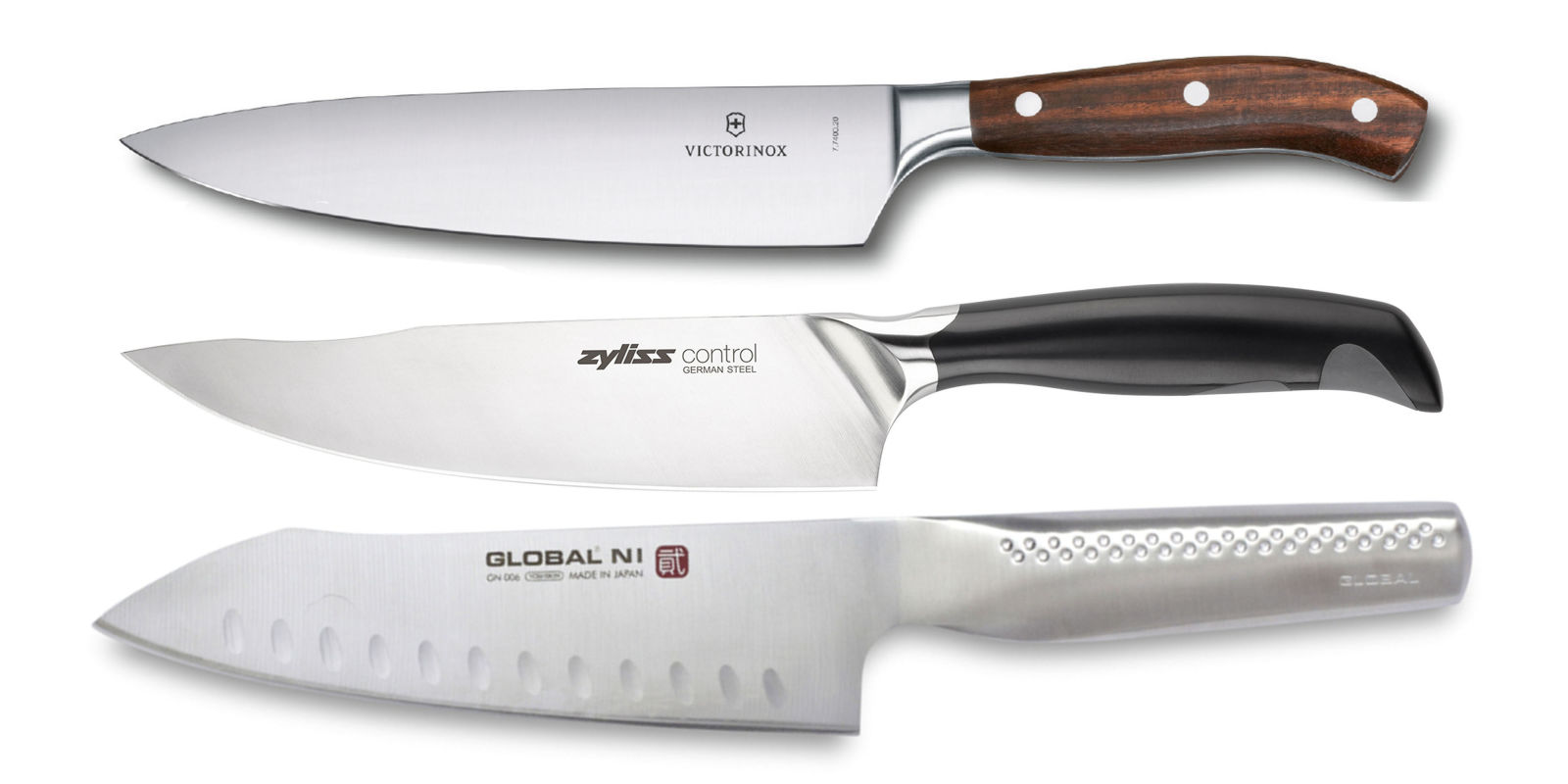


/chefsknife-GettyImages-74411700-58f6e30c5f9b581d599ae792.jpg)
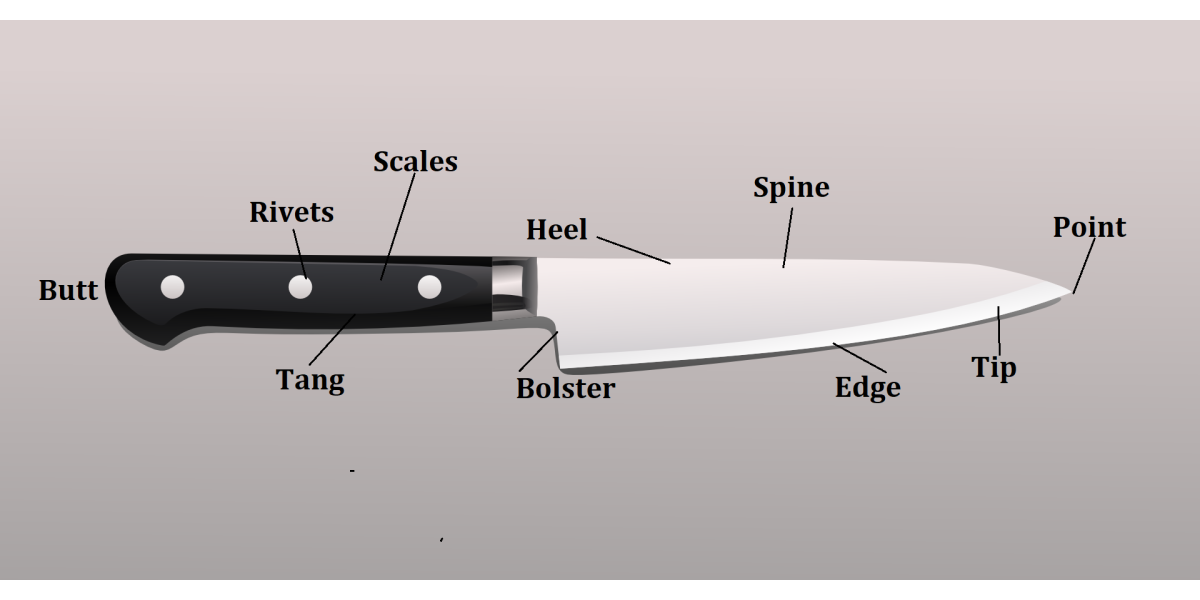
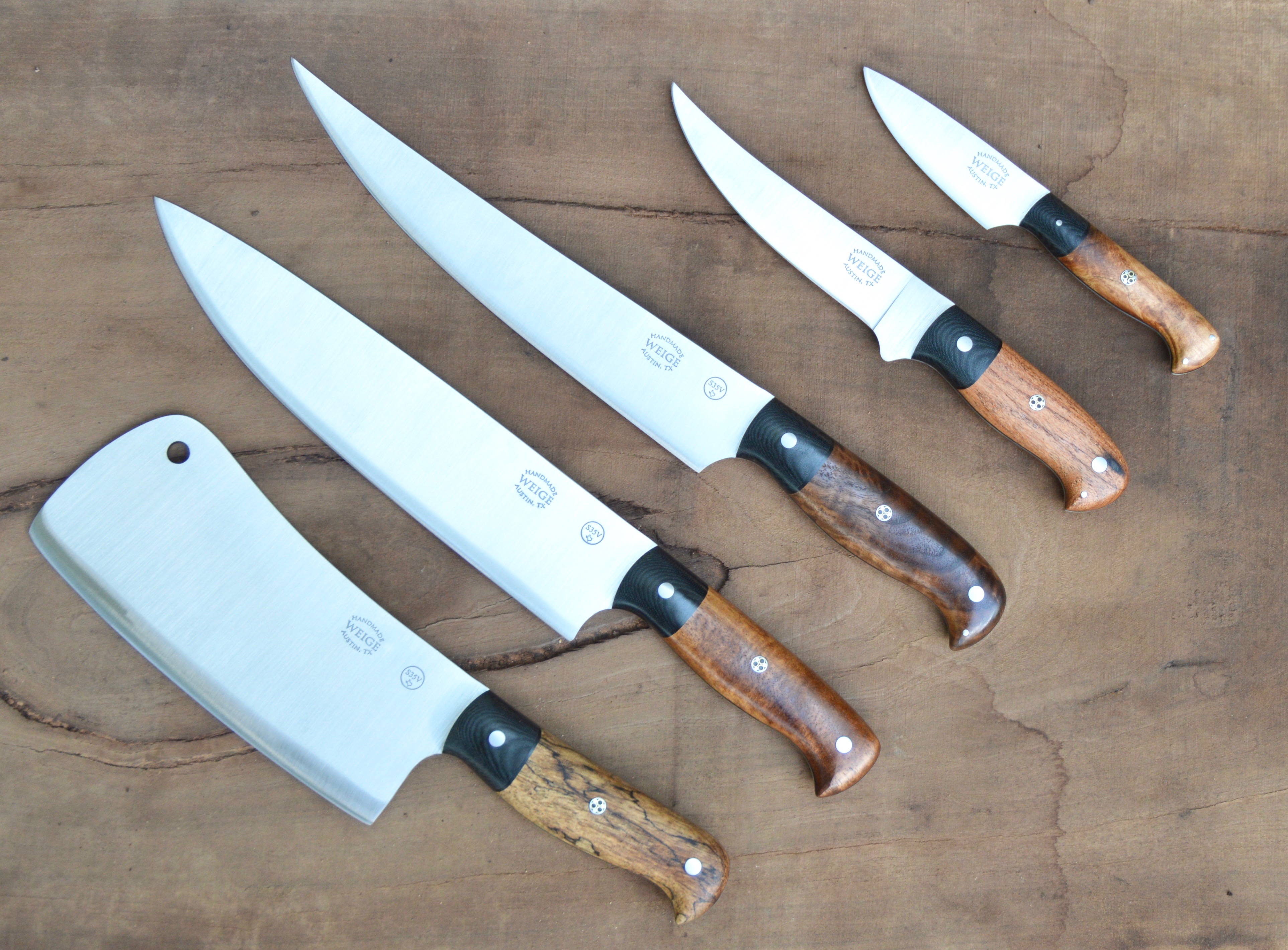

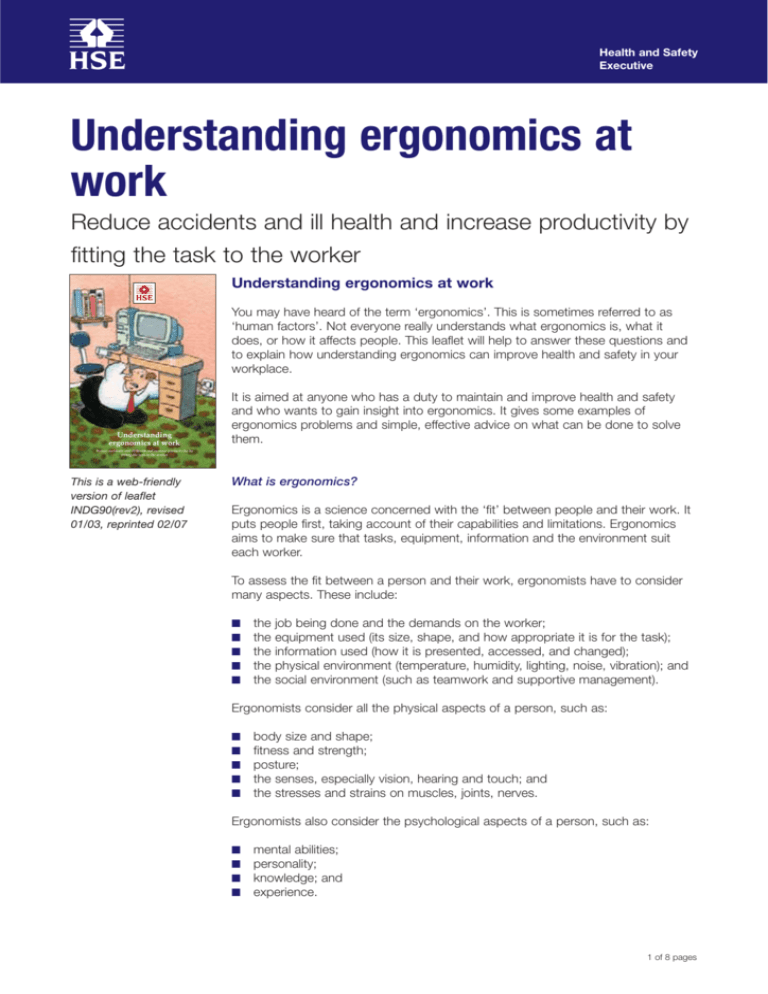


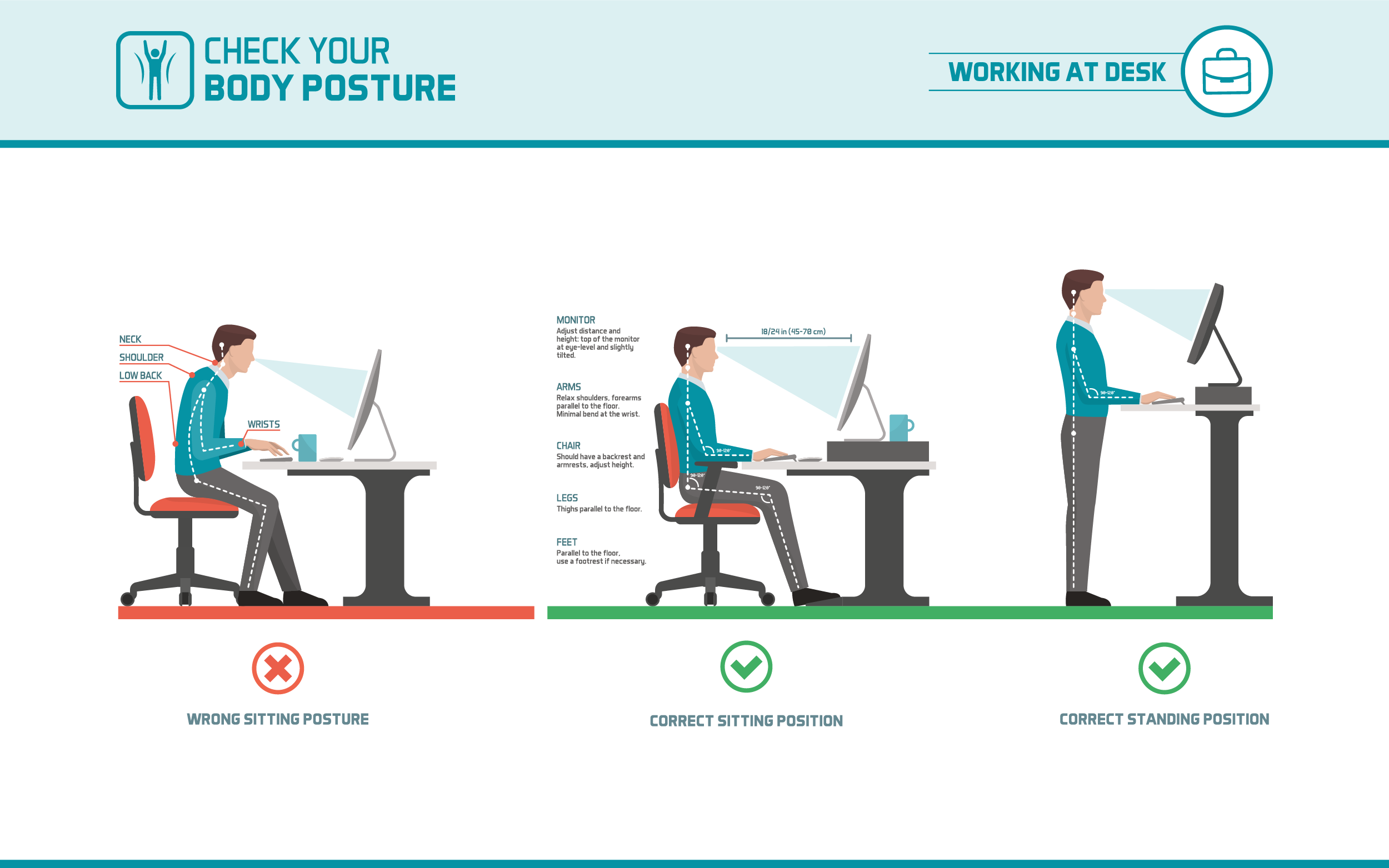
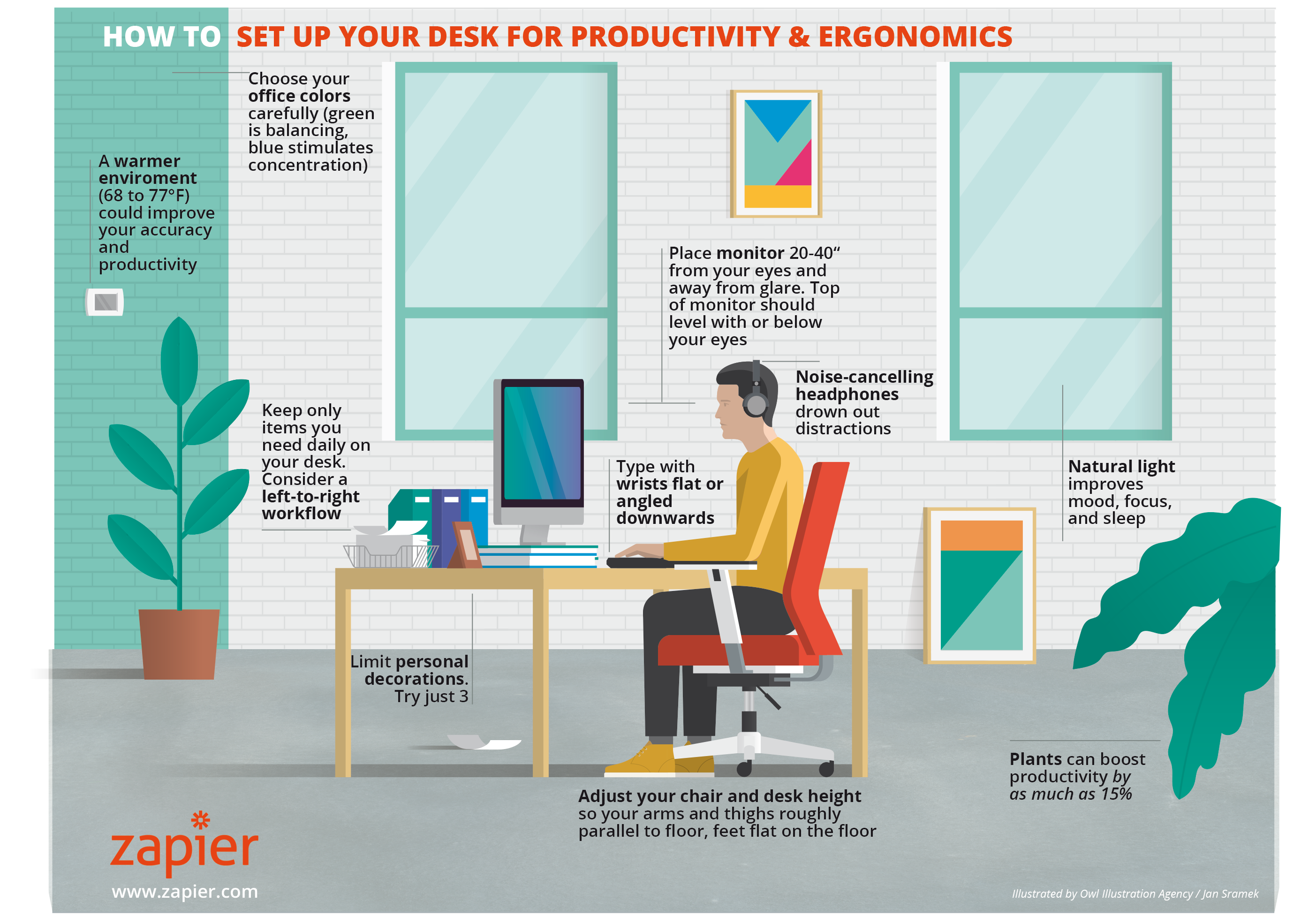

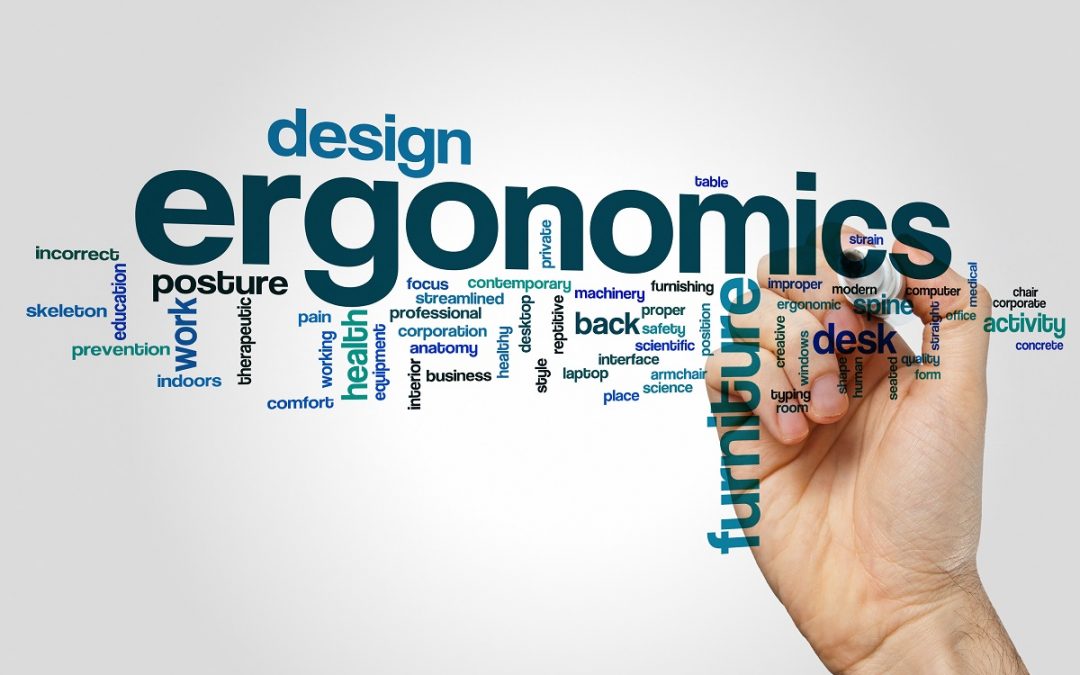
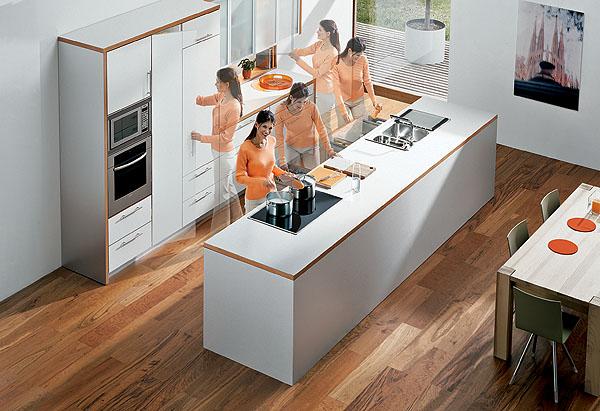
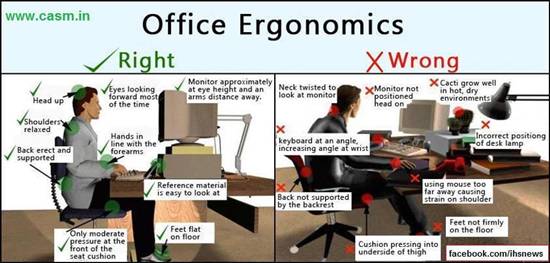


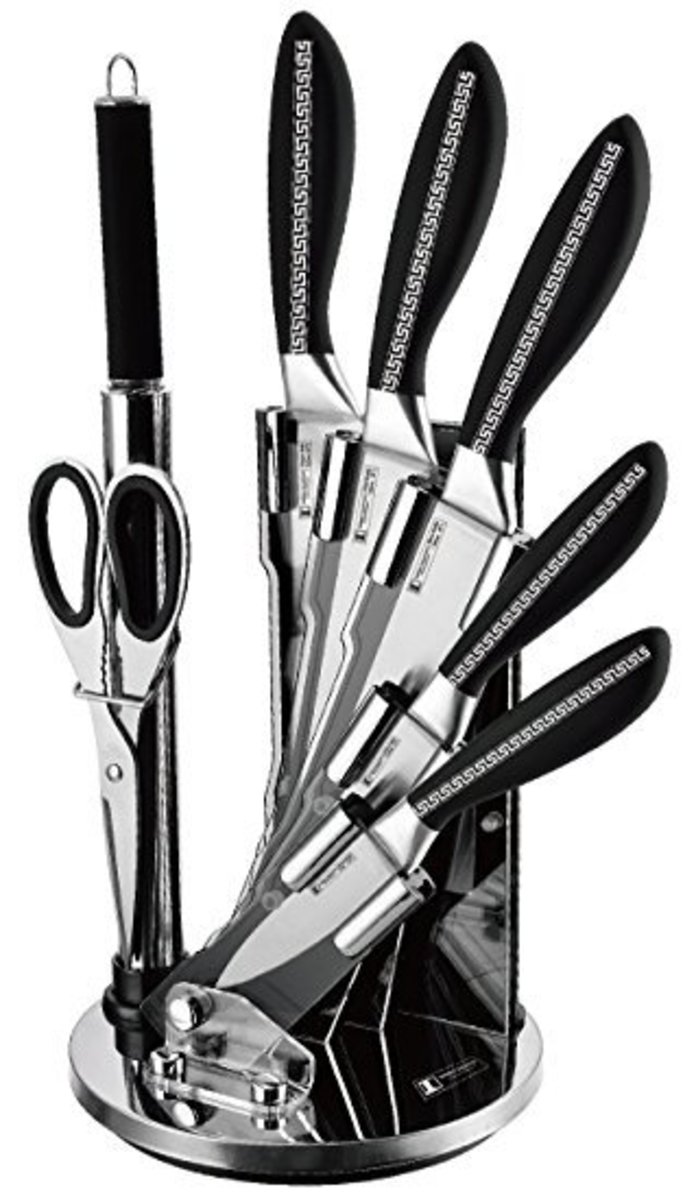

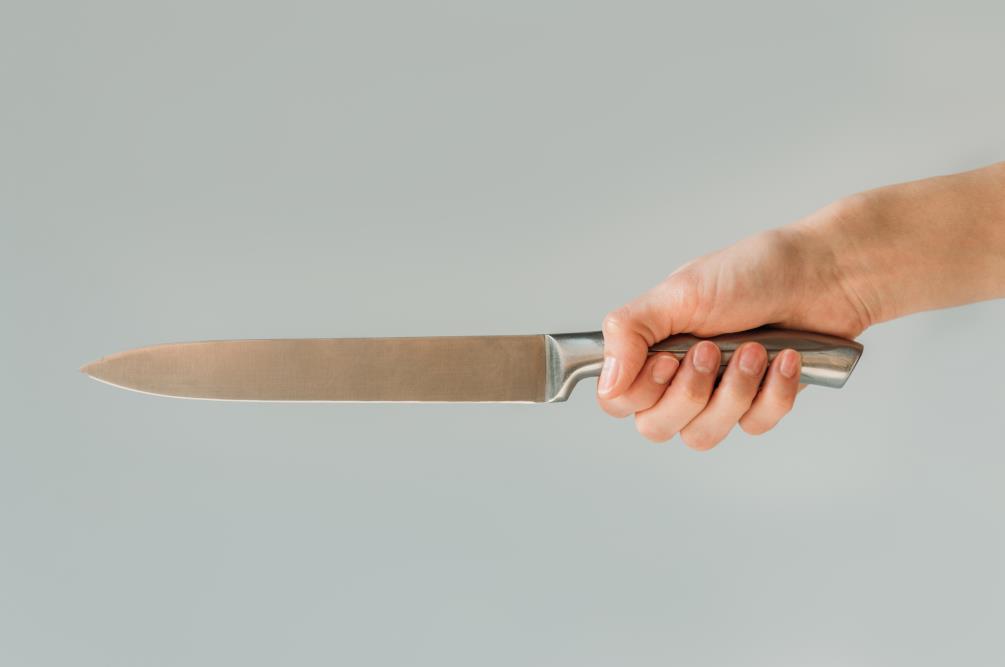
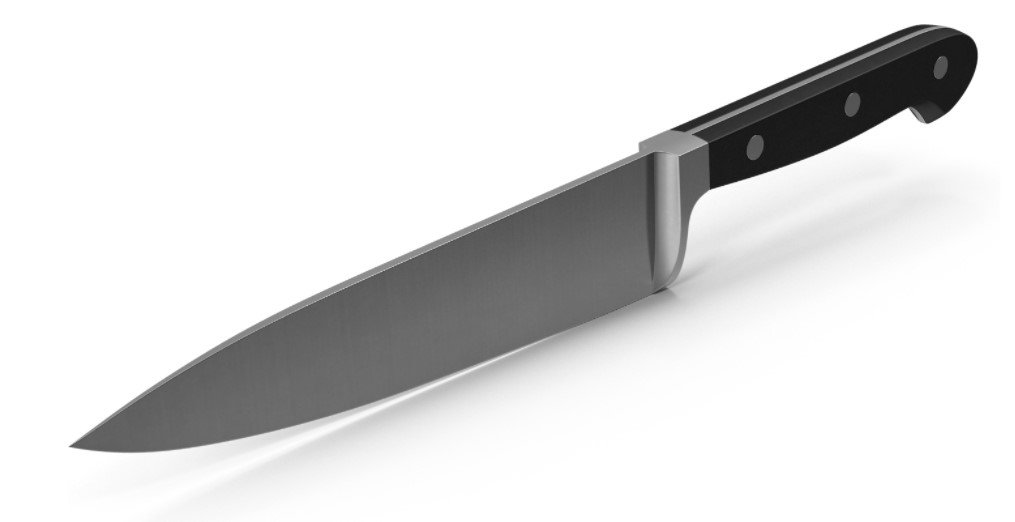
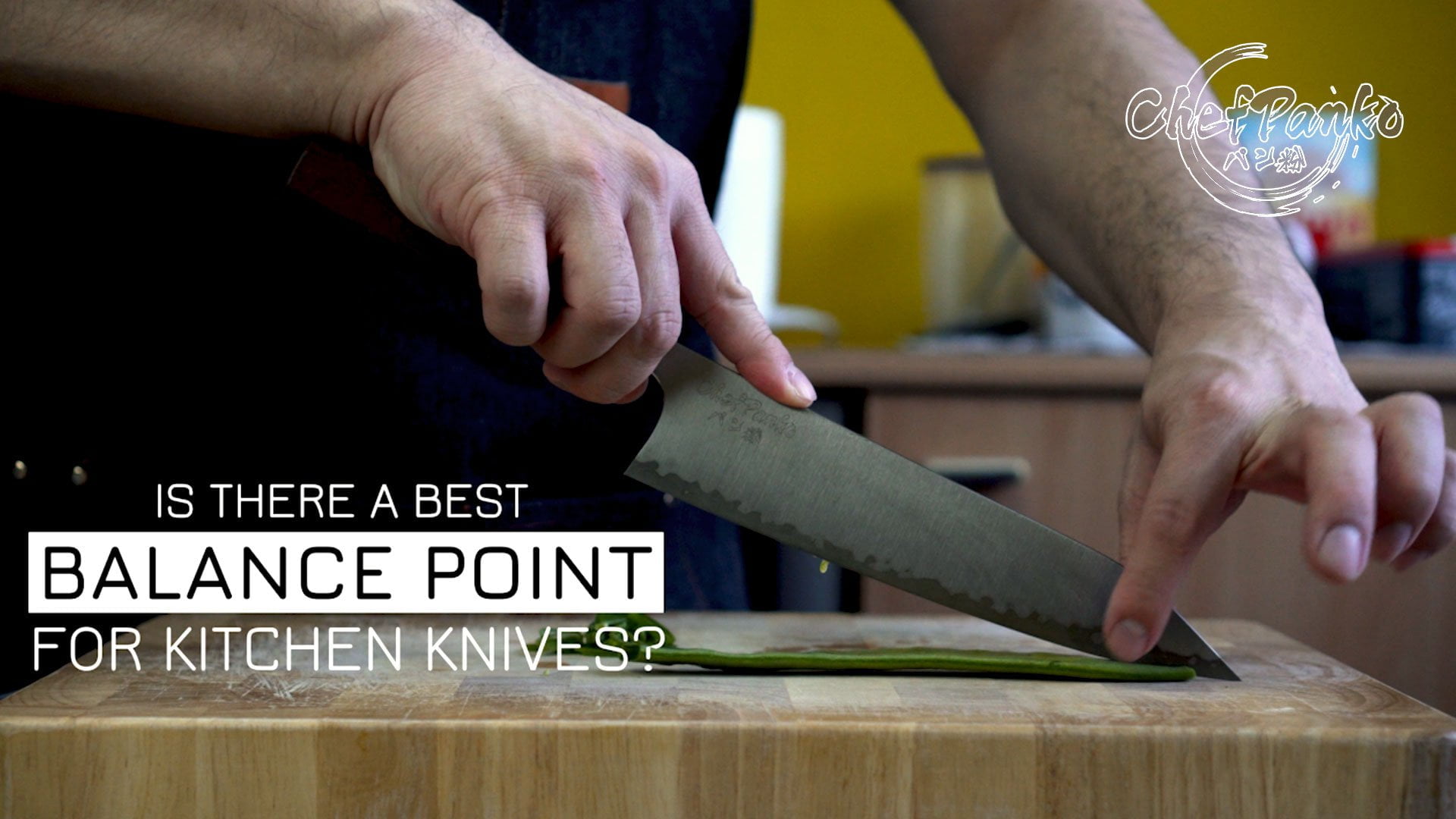

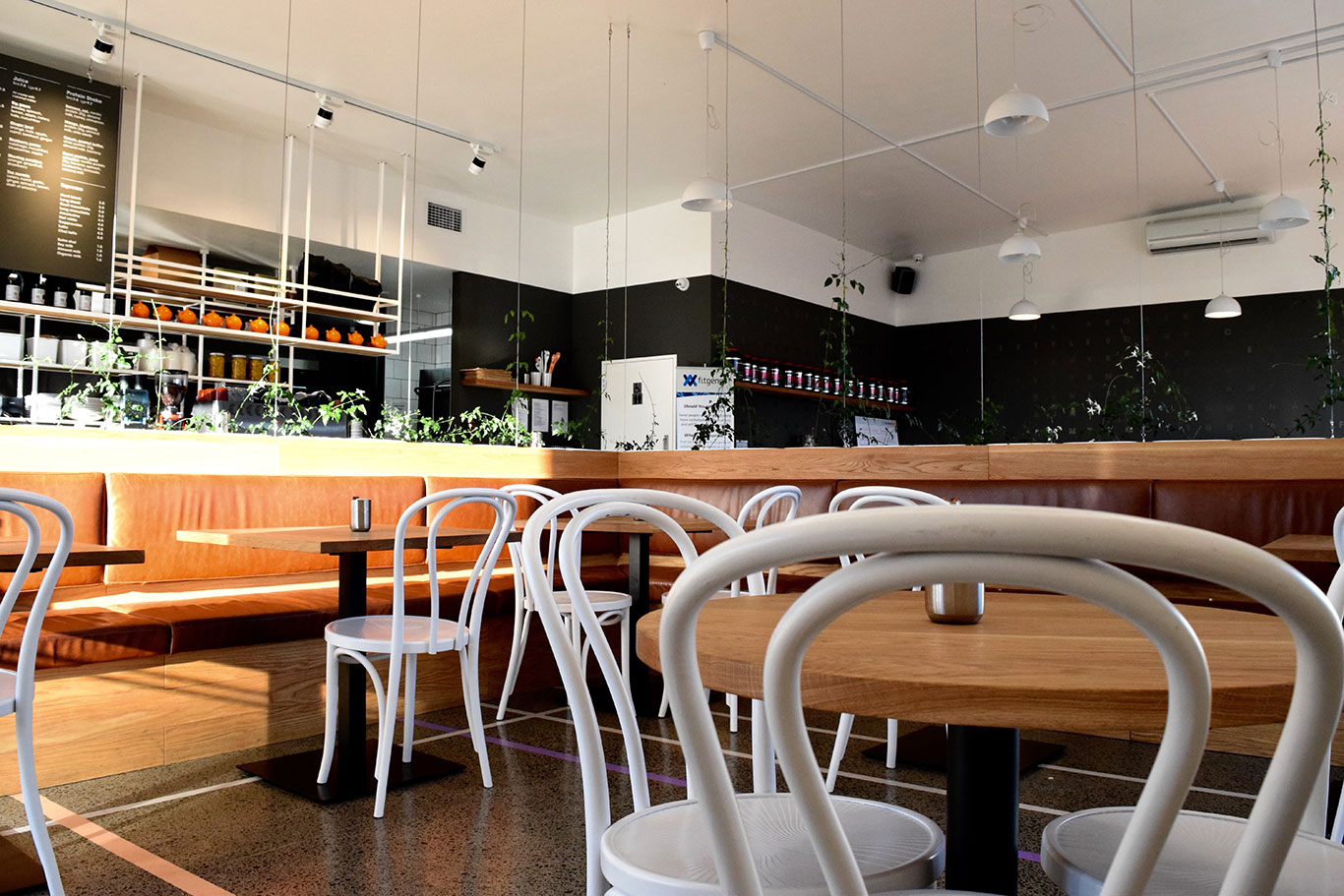
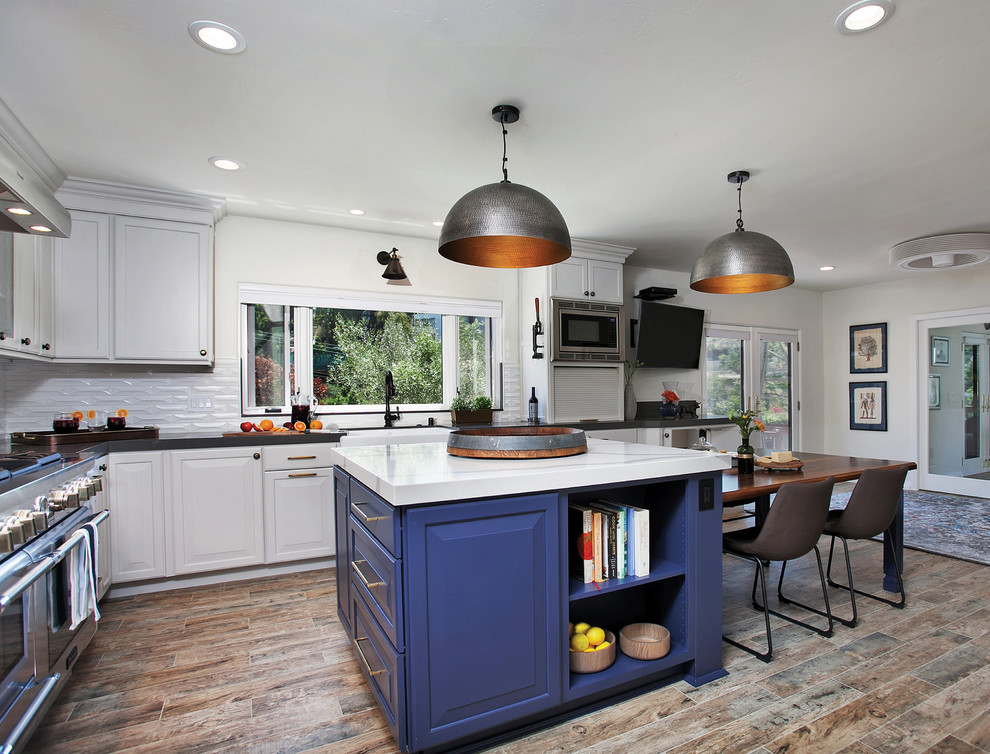


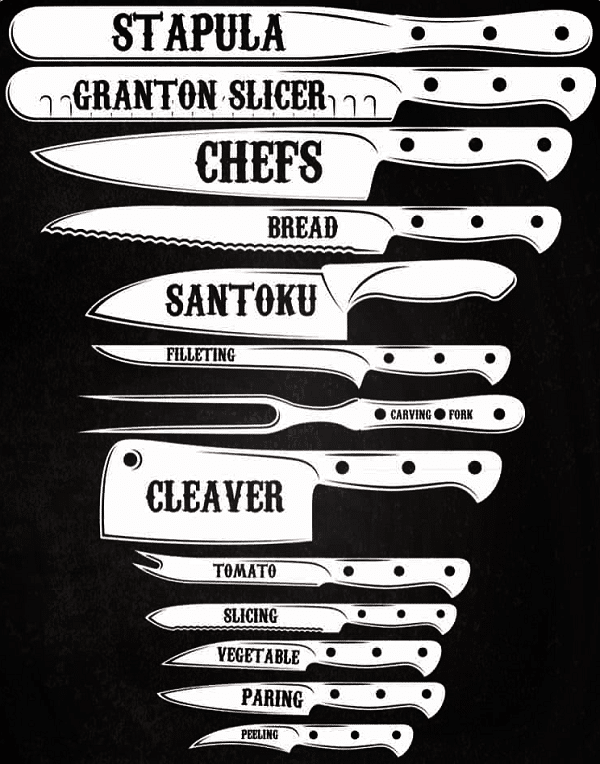
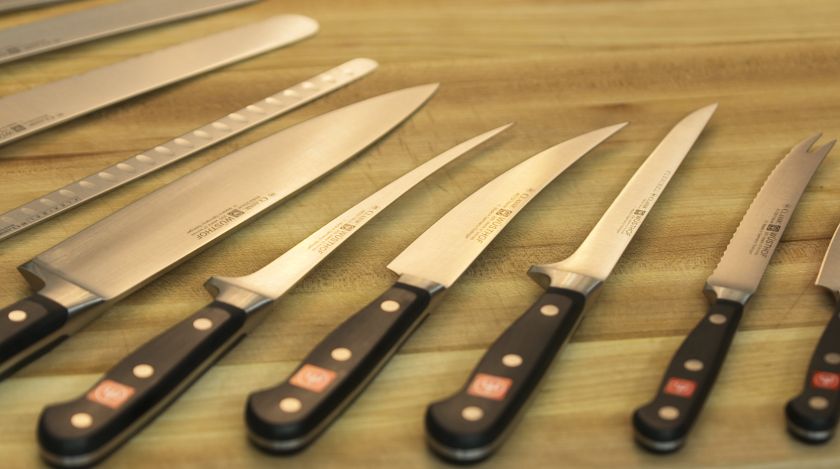
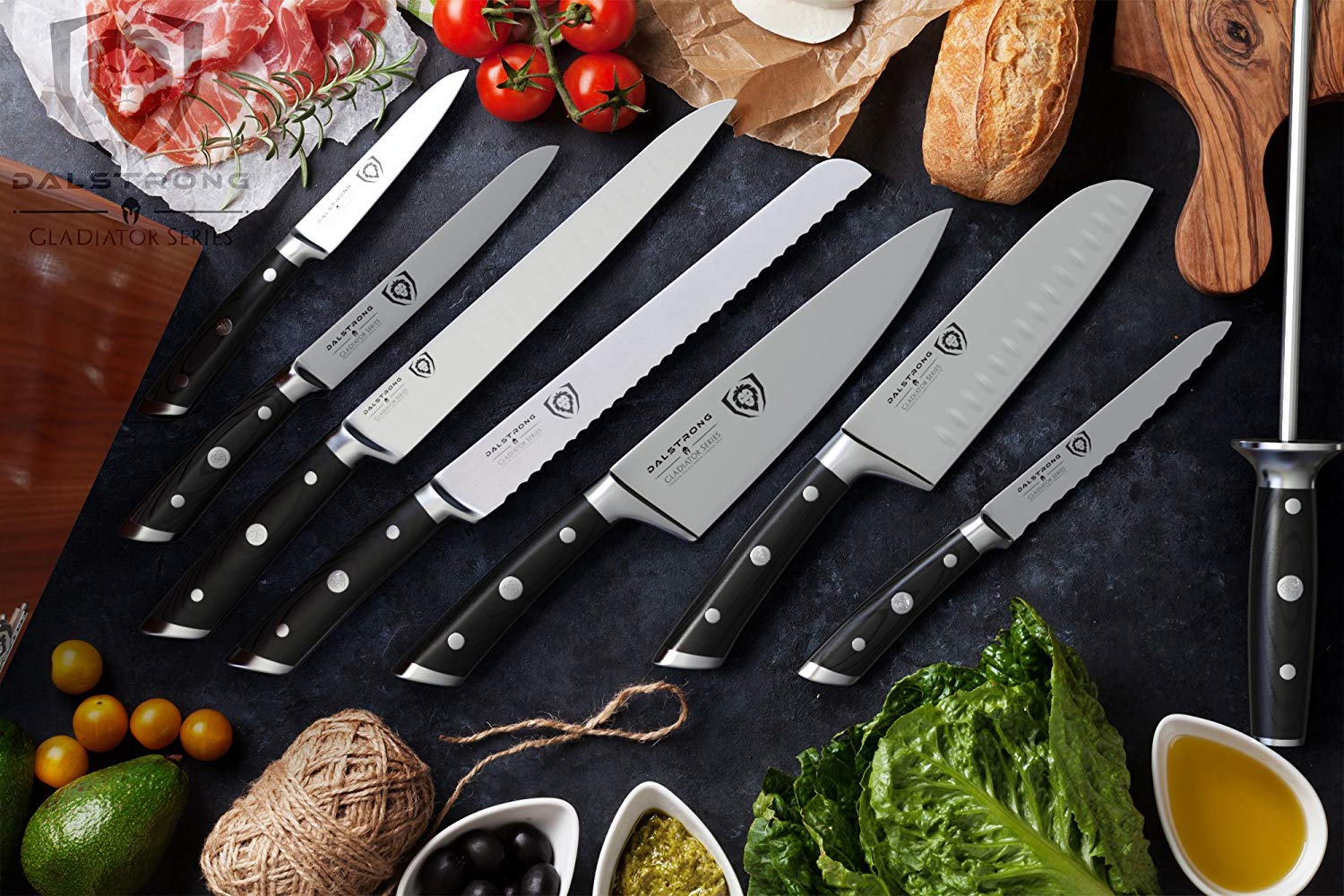



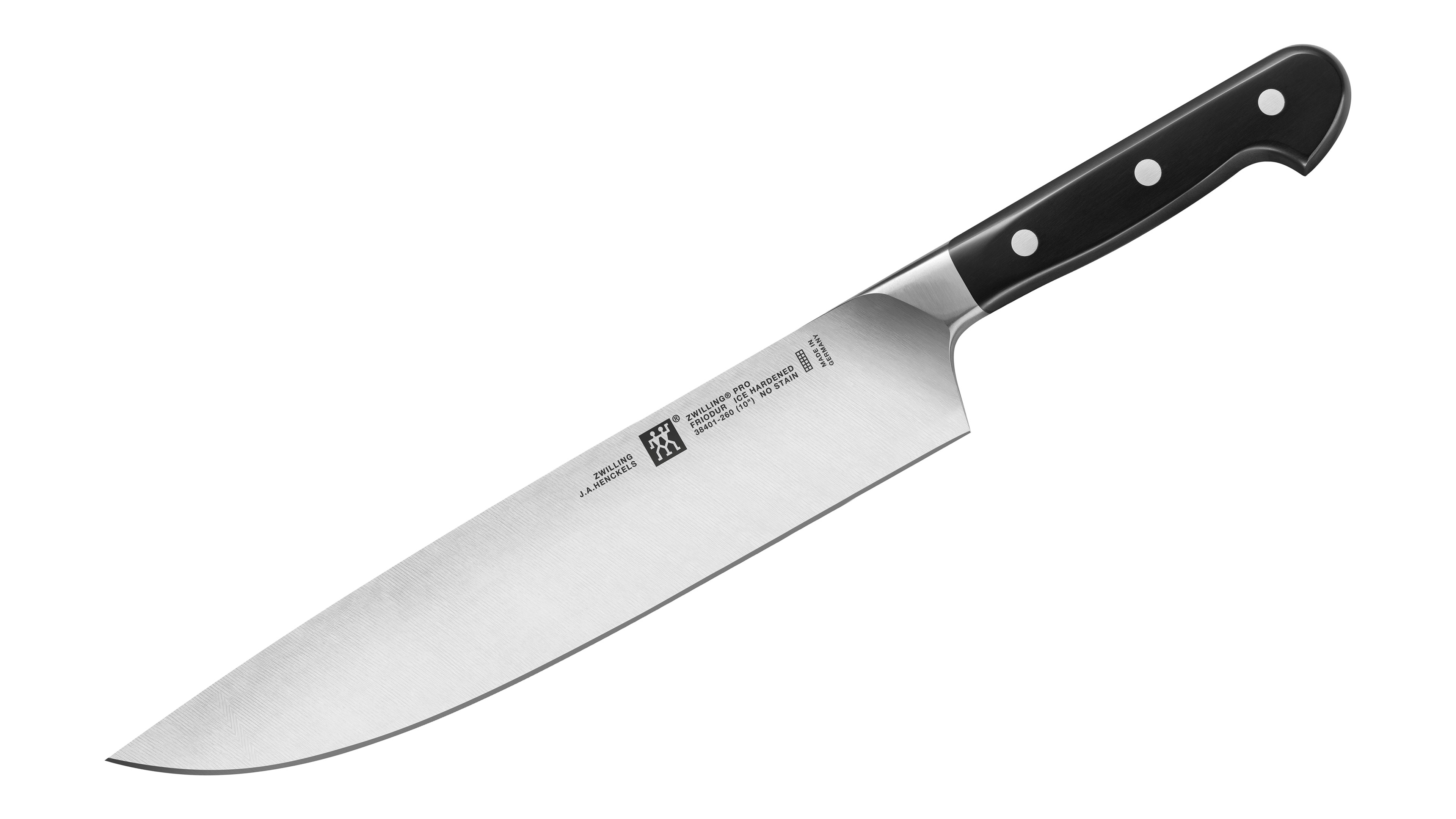




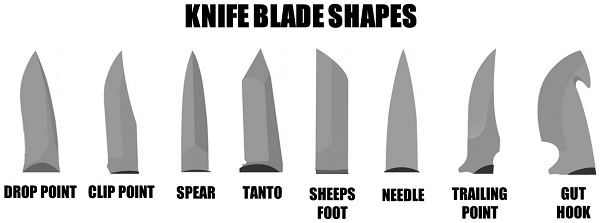


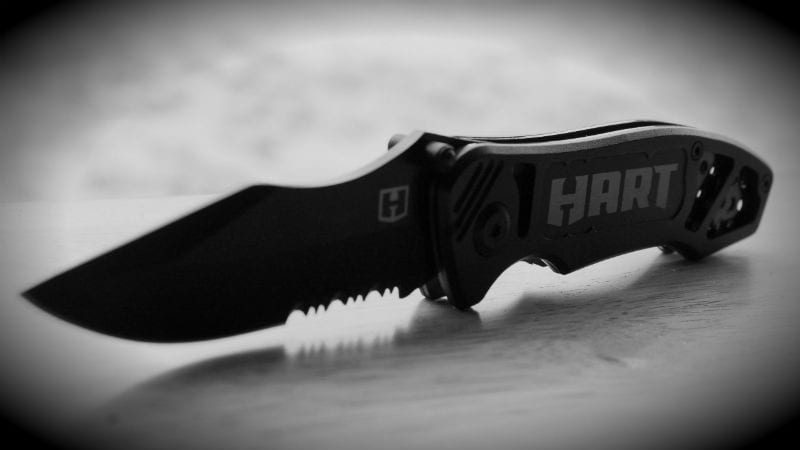
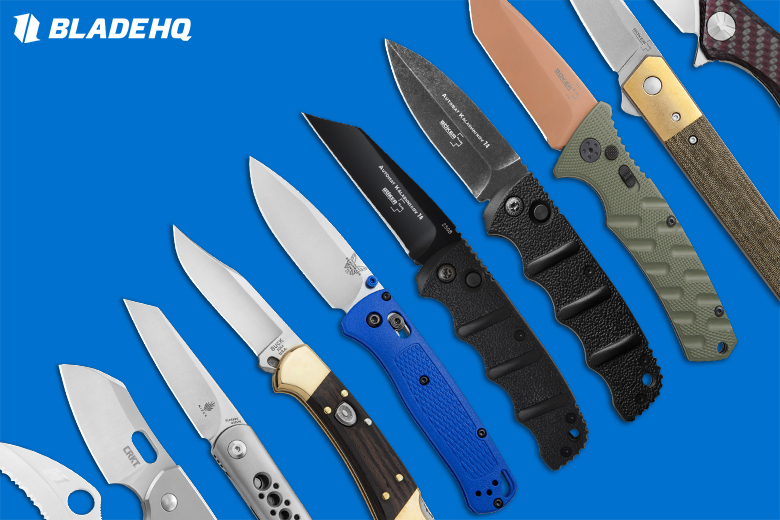
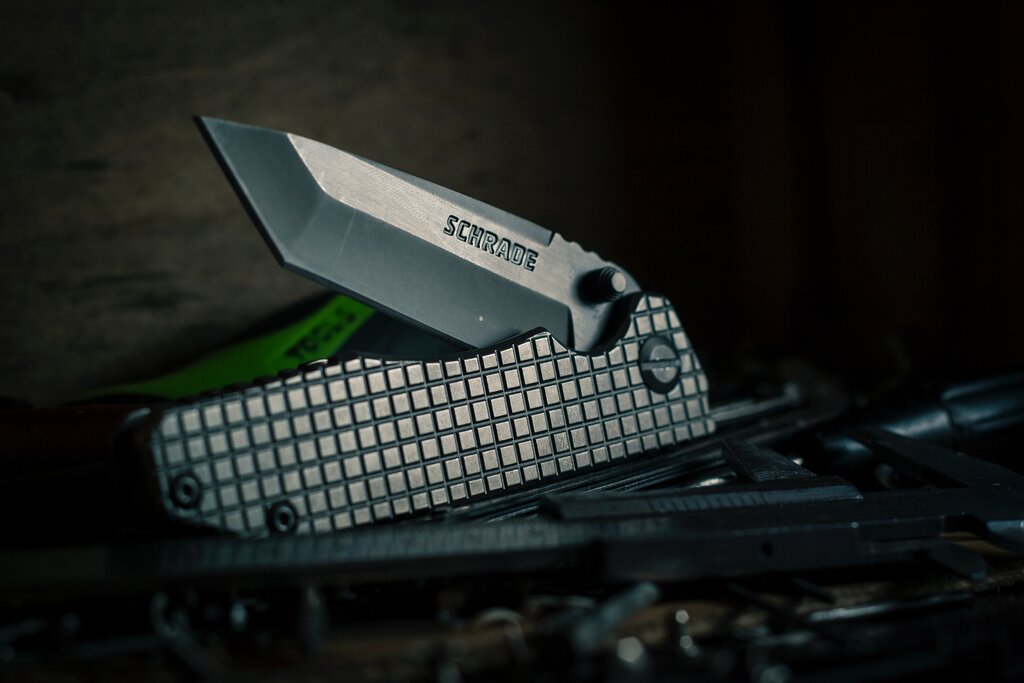
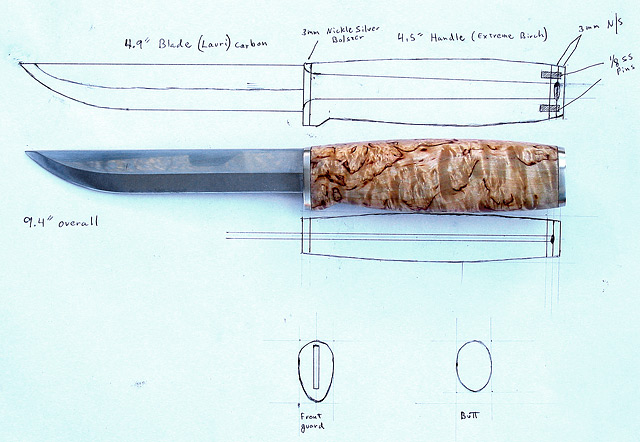
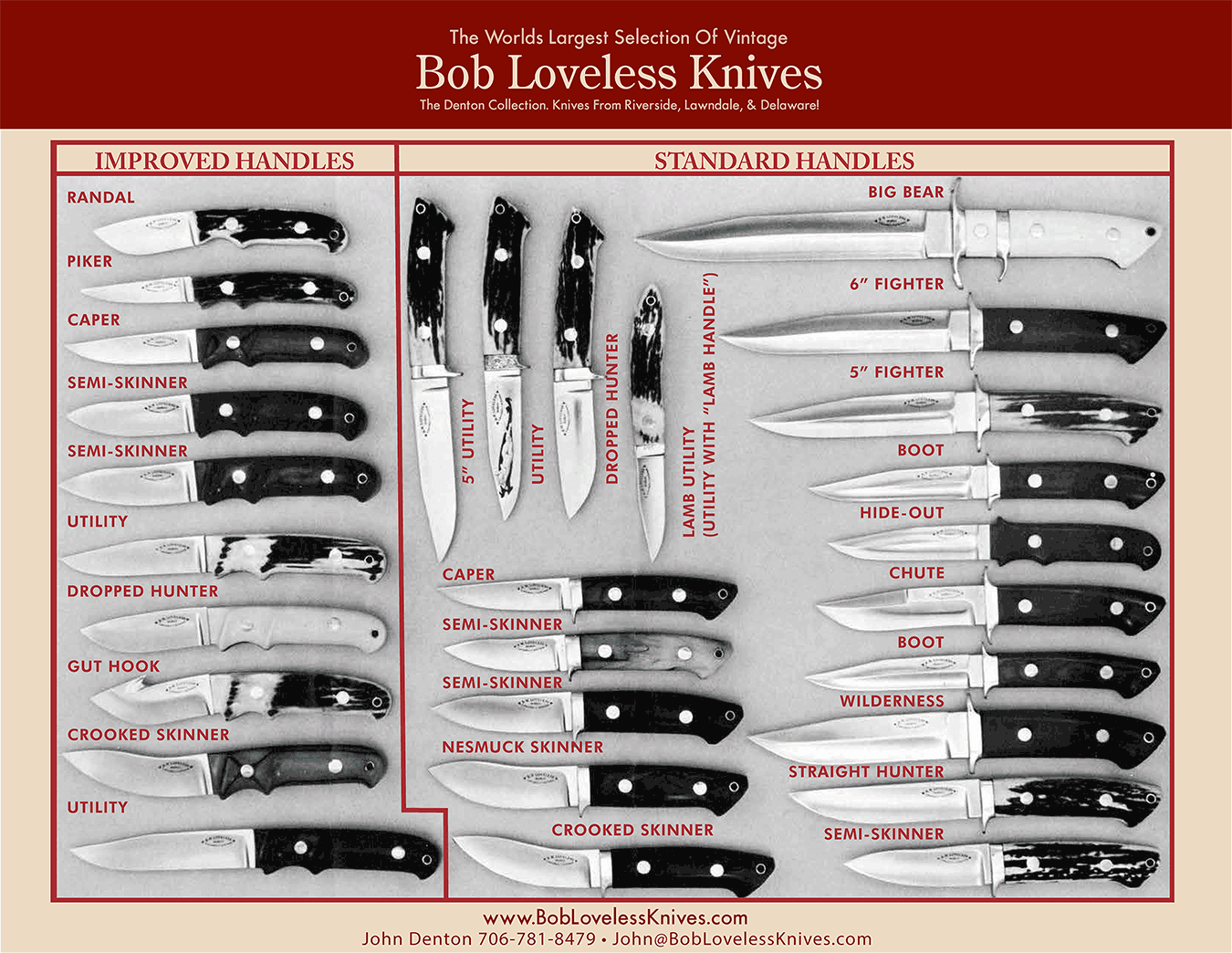





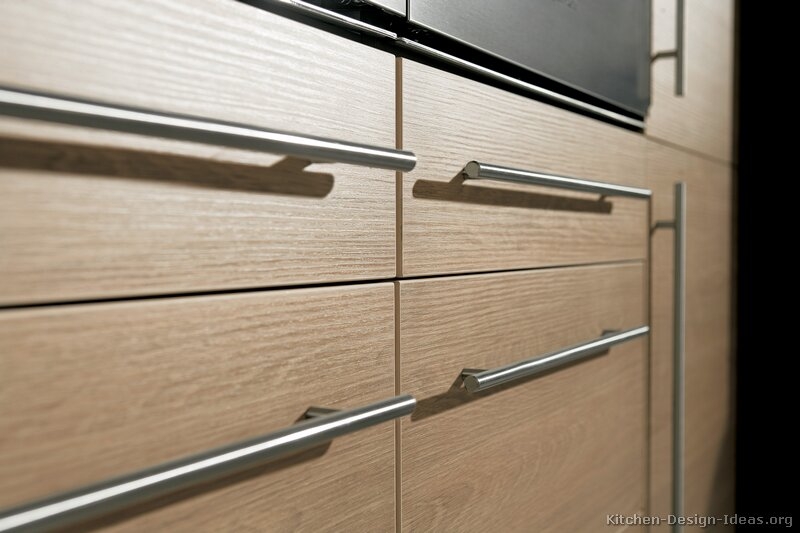



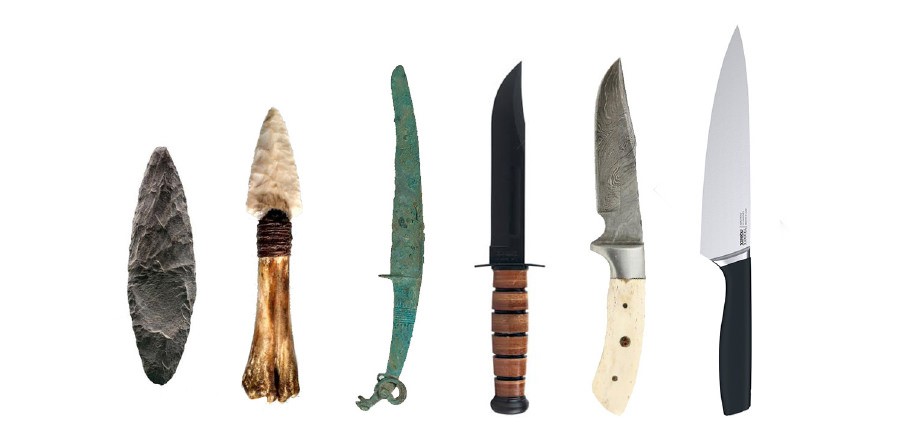

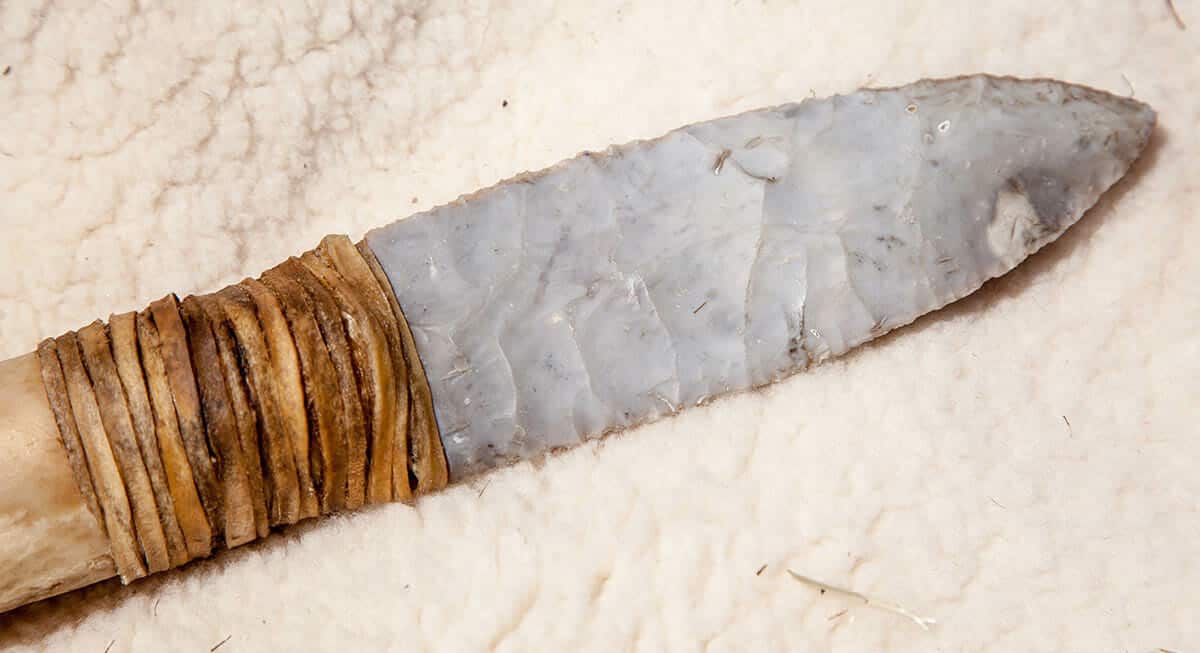








/__opt__aboutcom__coeus__resources__content_migration__serious_eats__seriouseats.com__2018__06__20180606-chef-knives-tests-vicky-wasik-18-1-45e039e2ba7845d0af49a15322a082d2.jpg)
